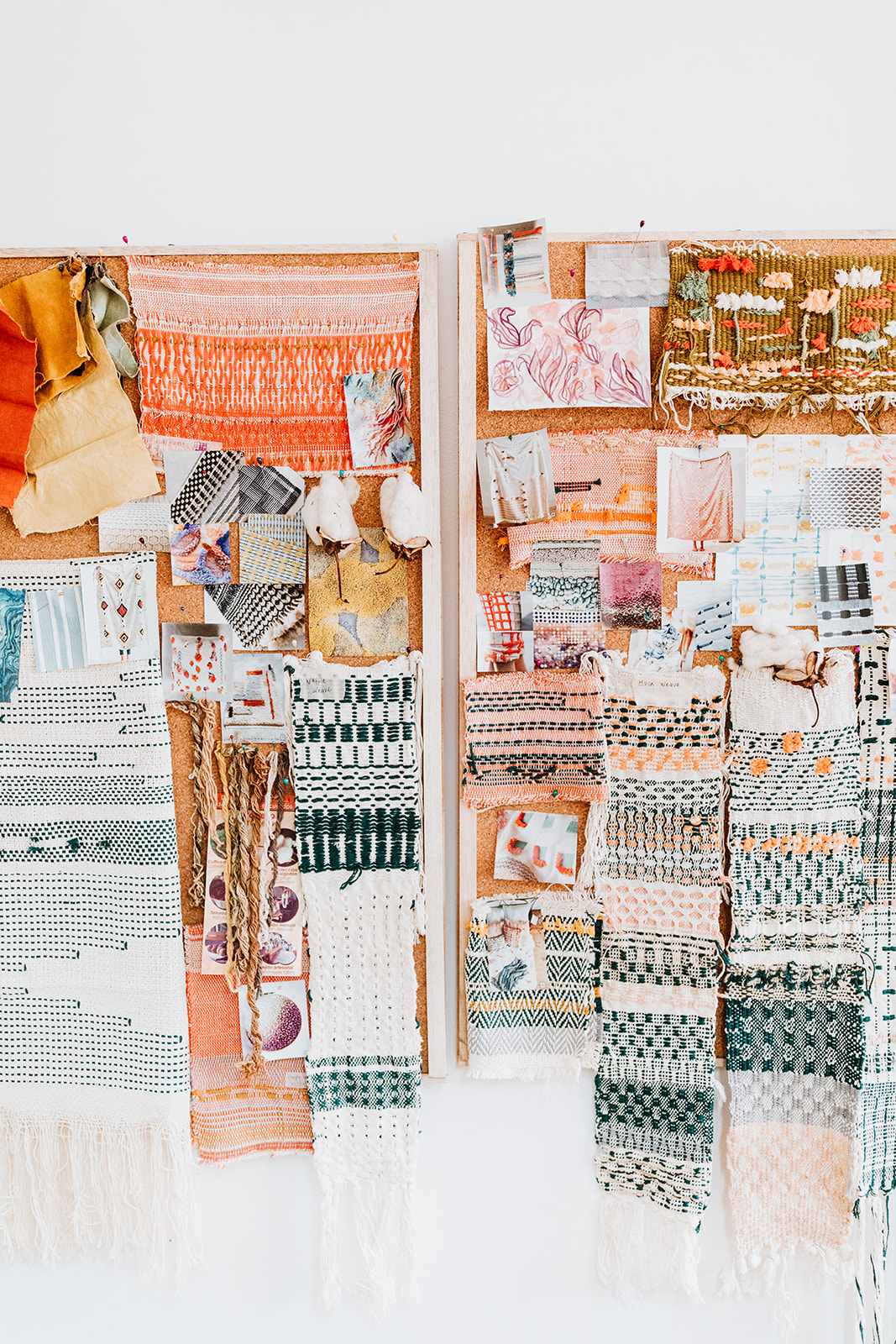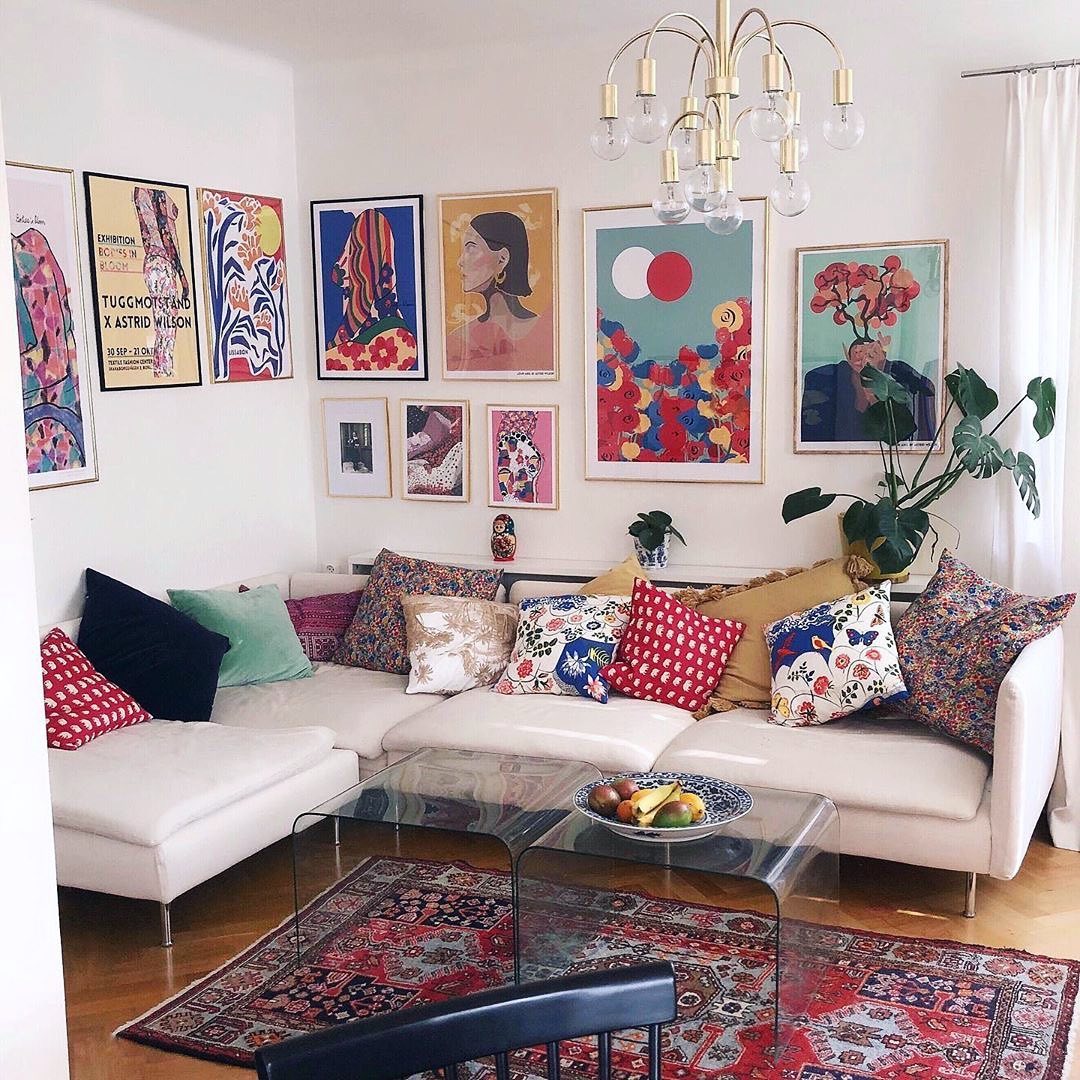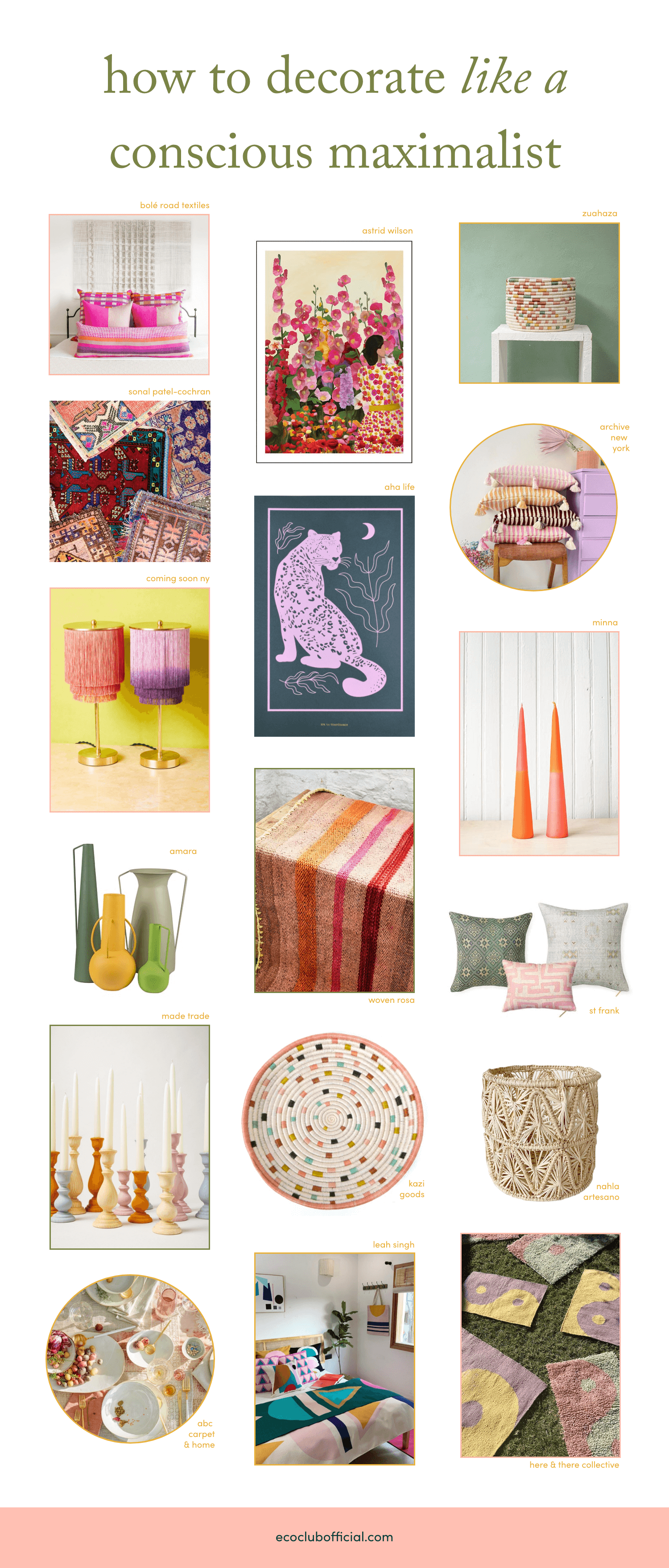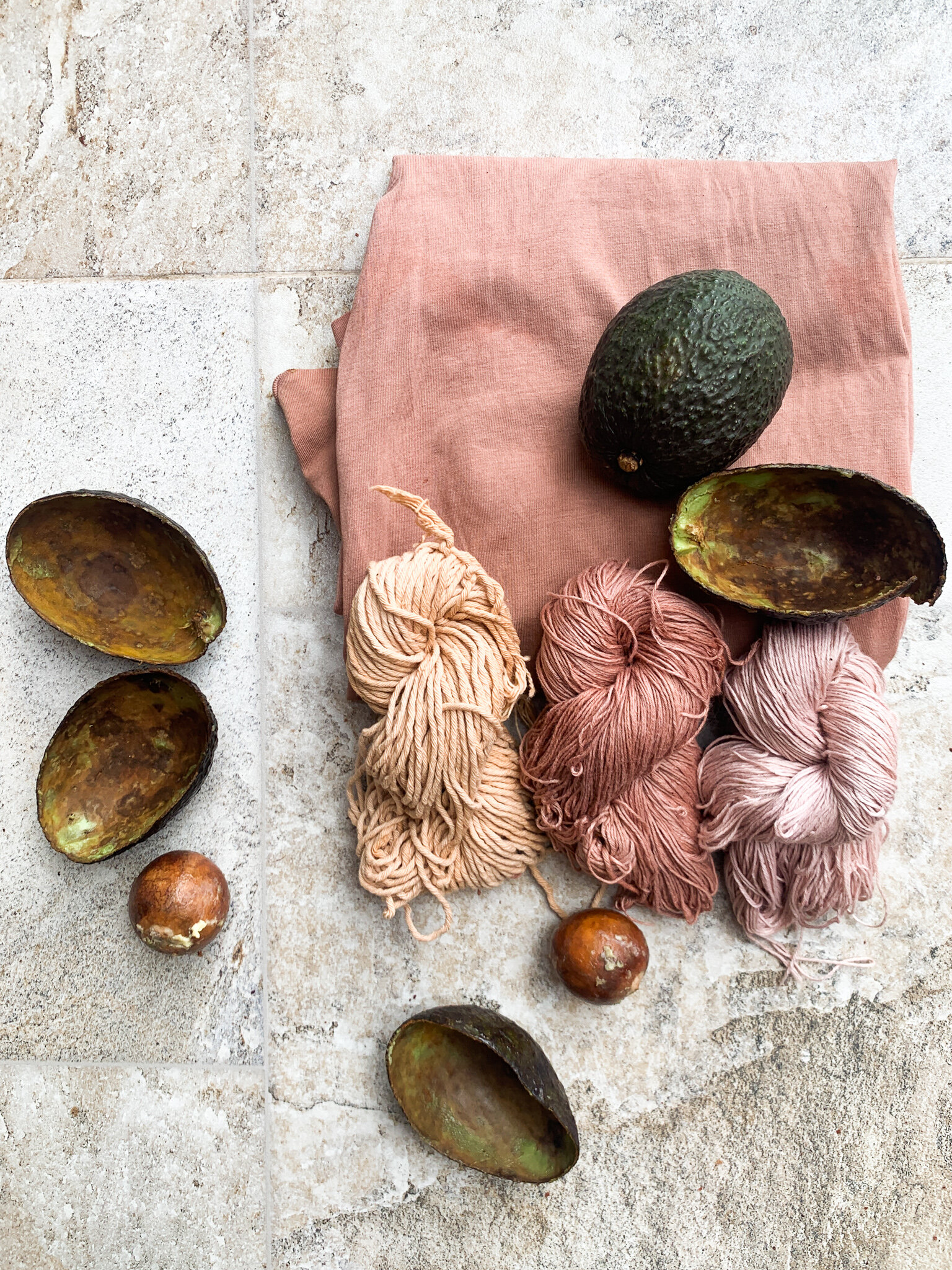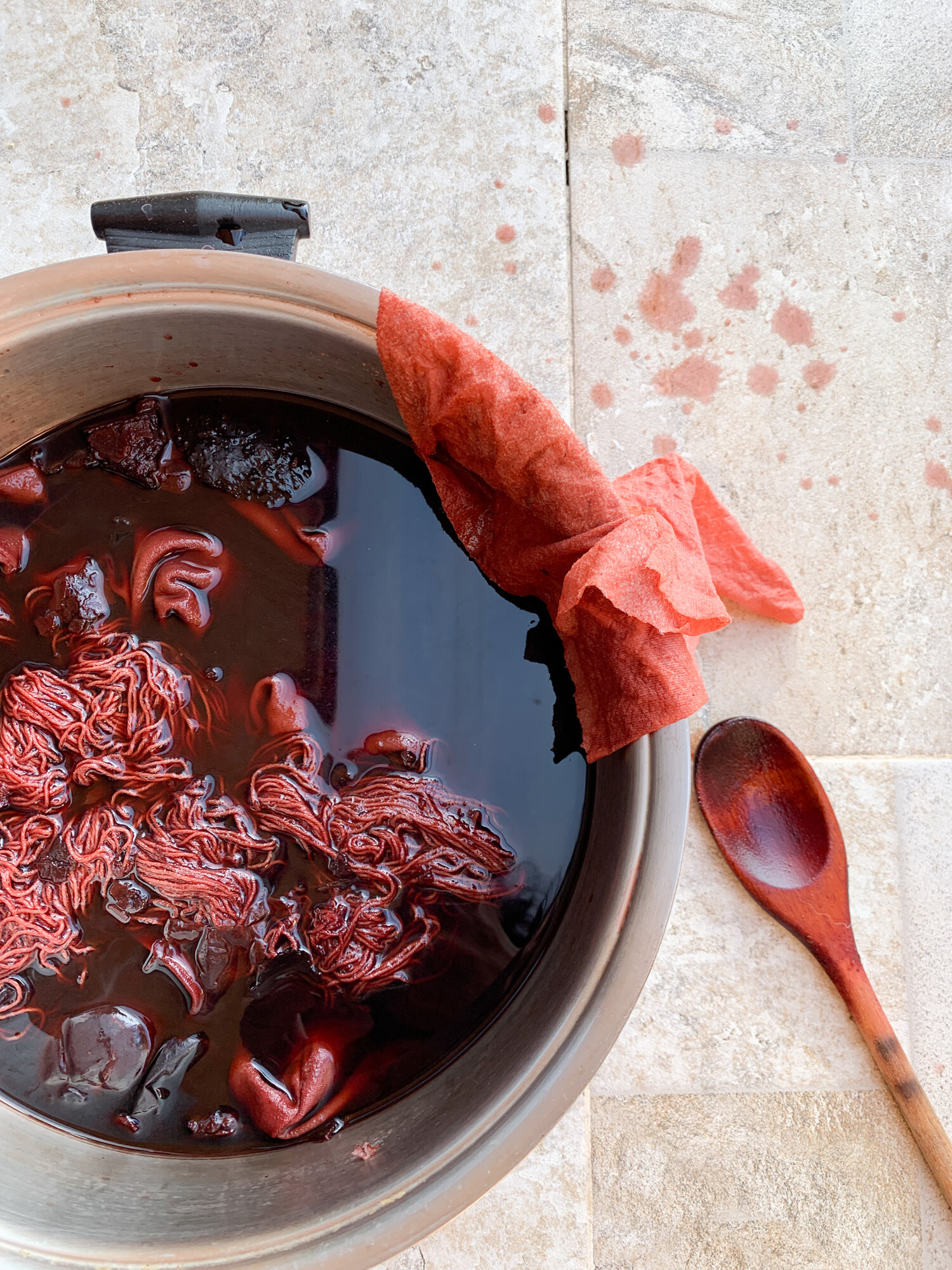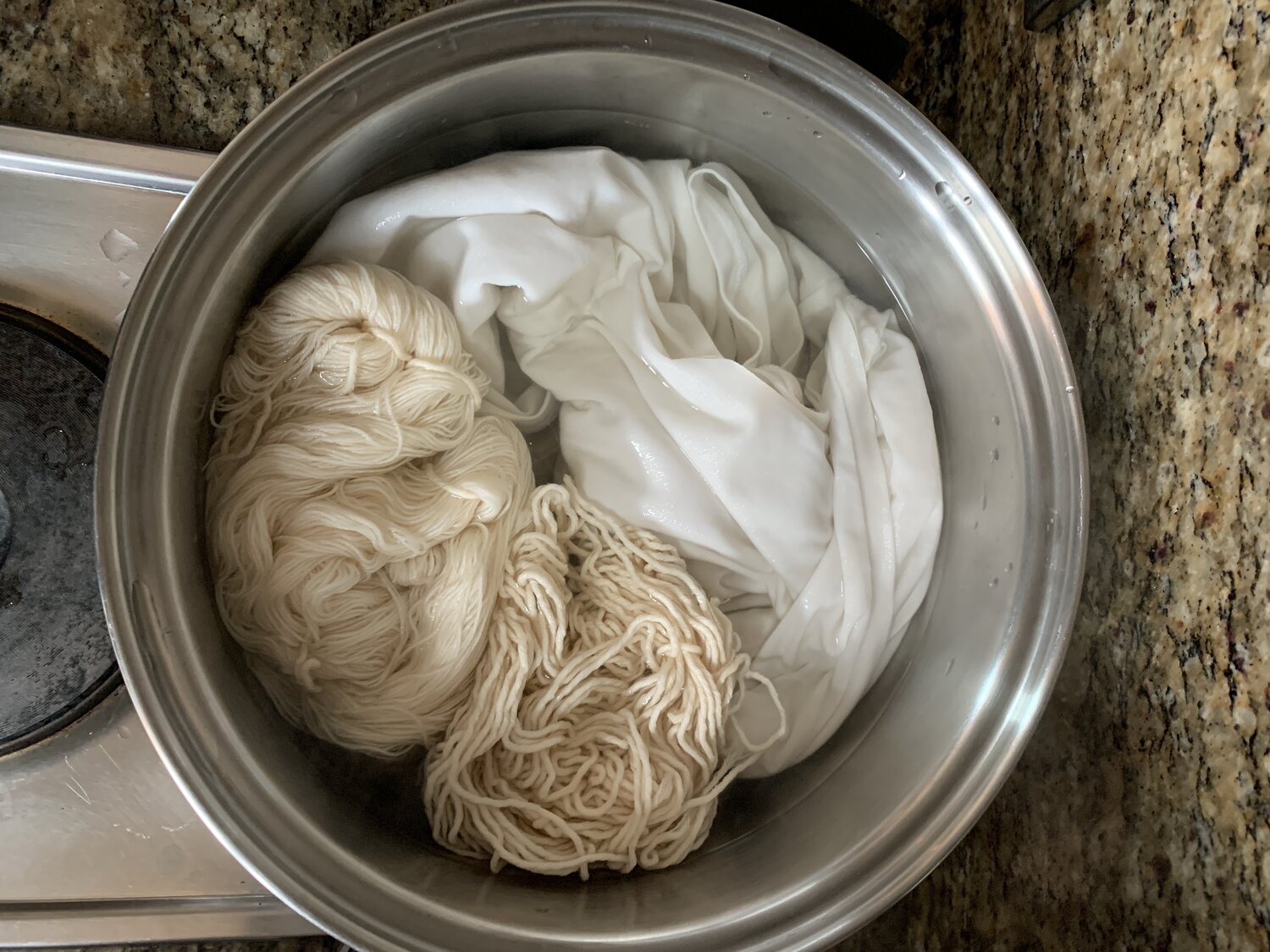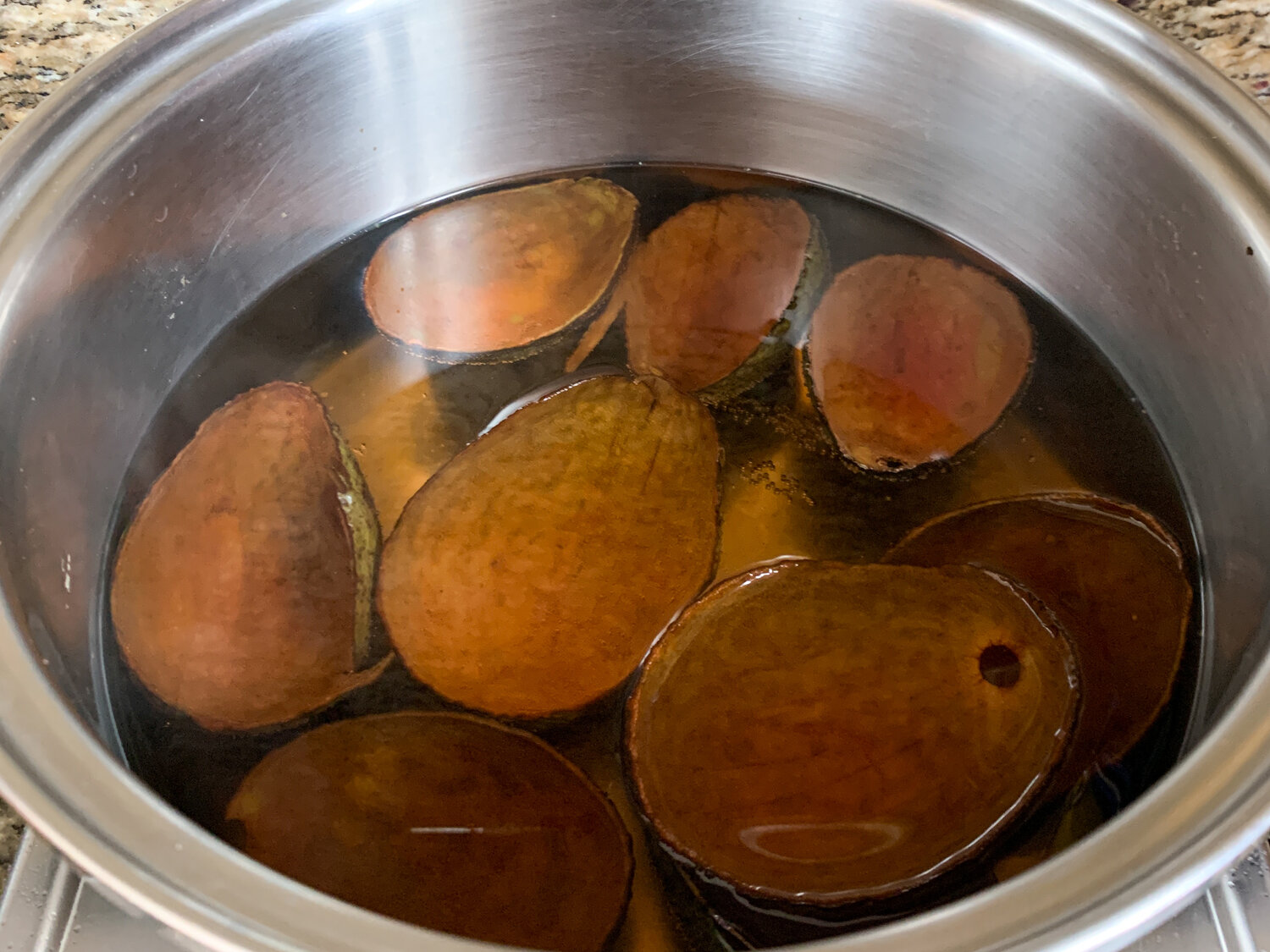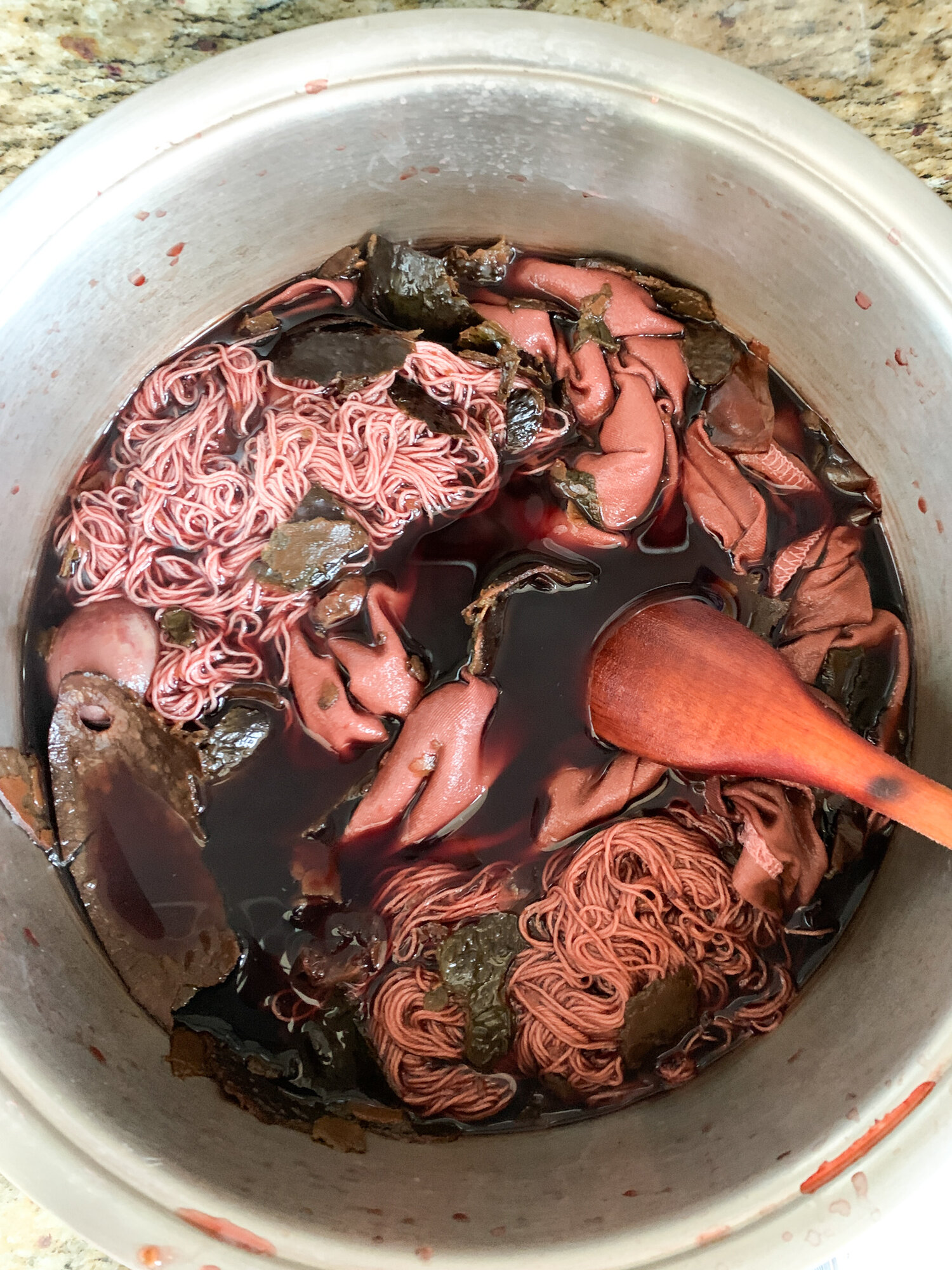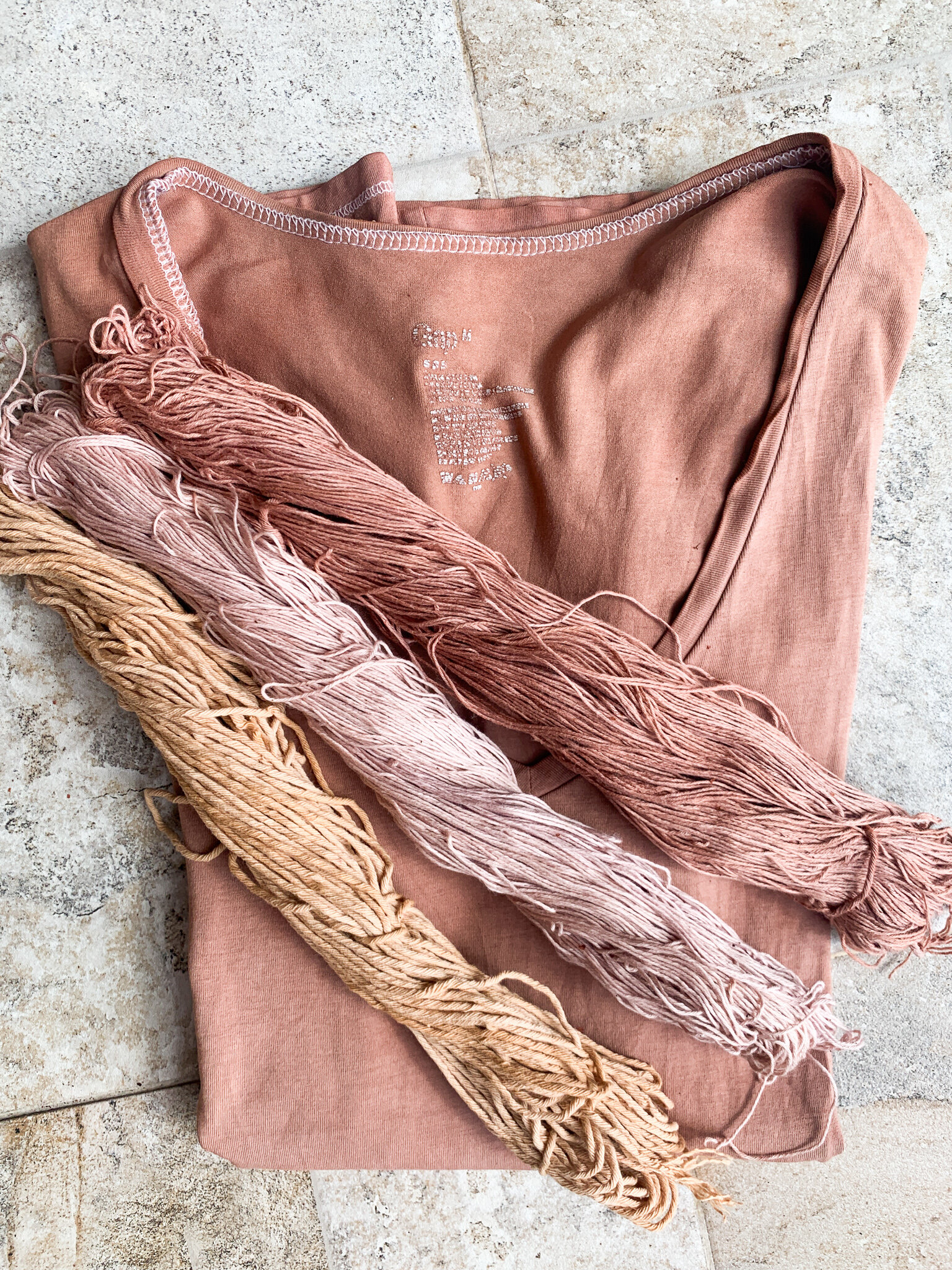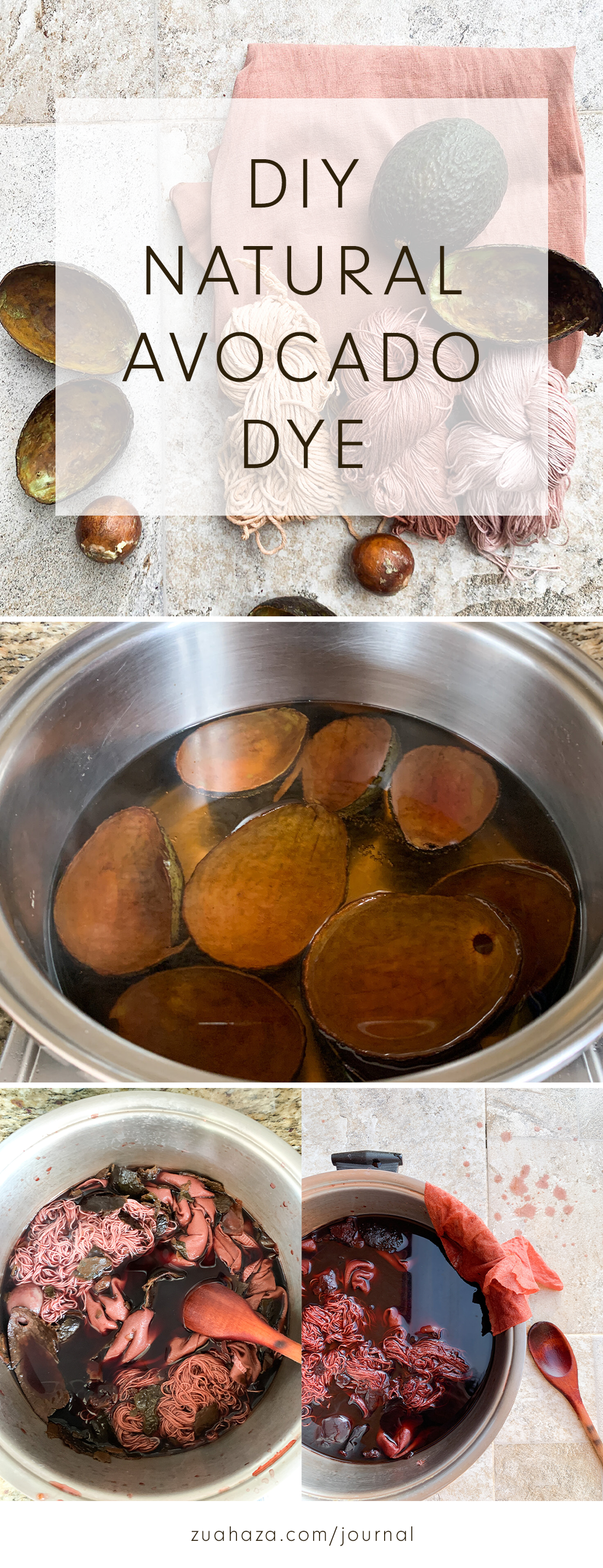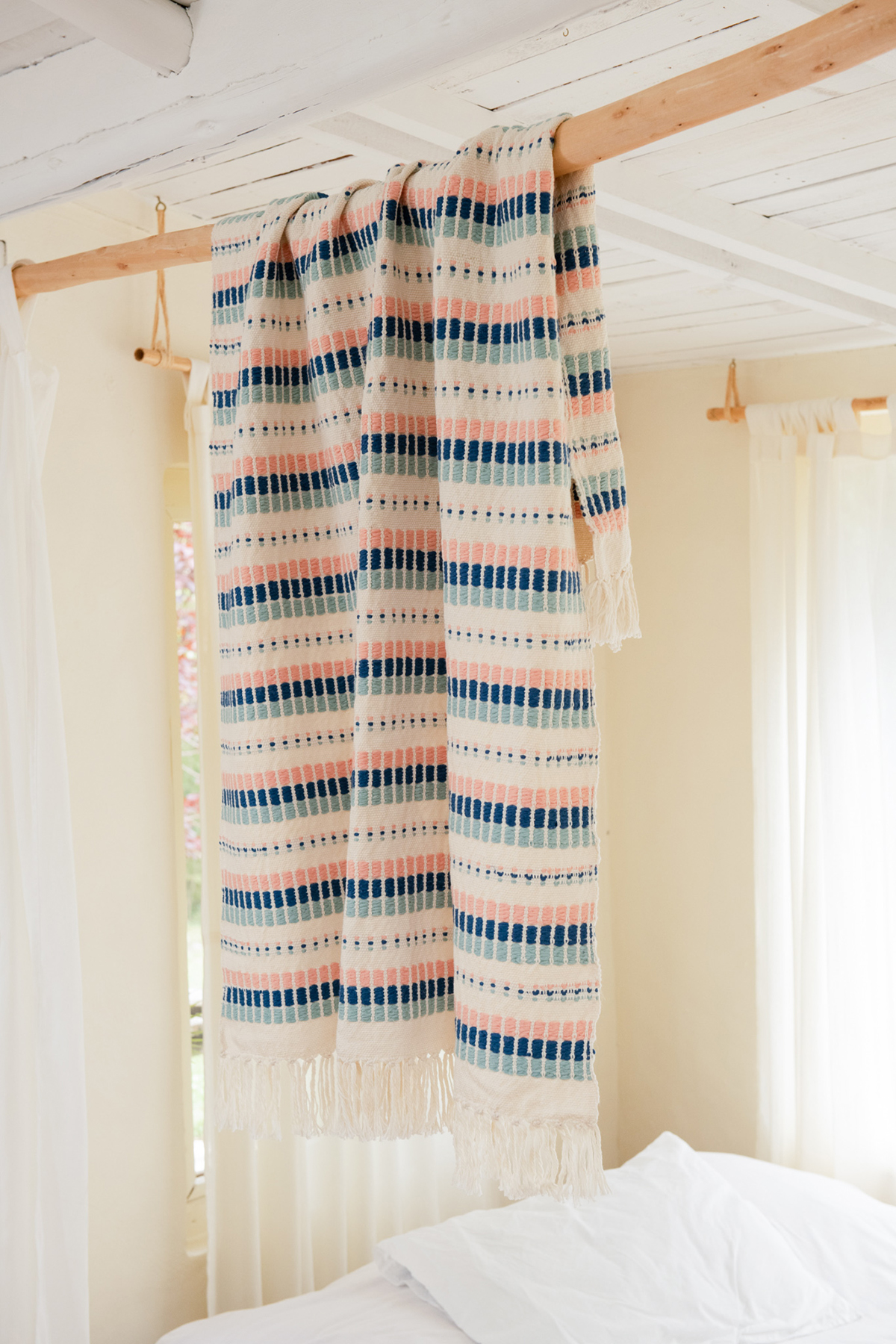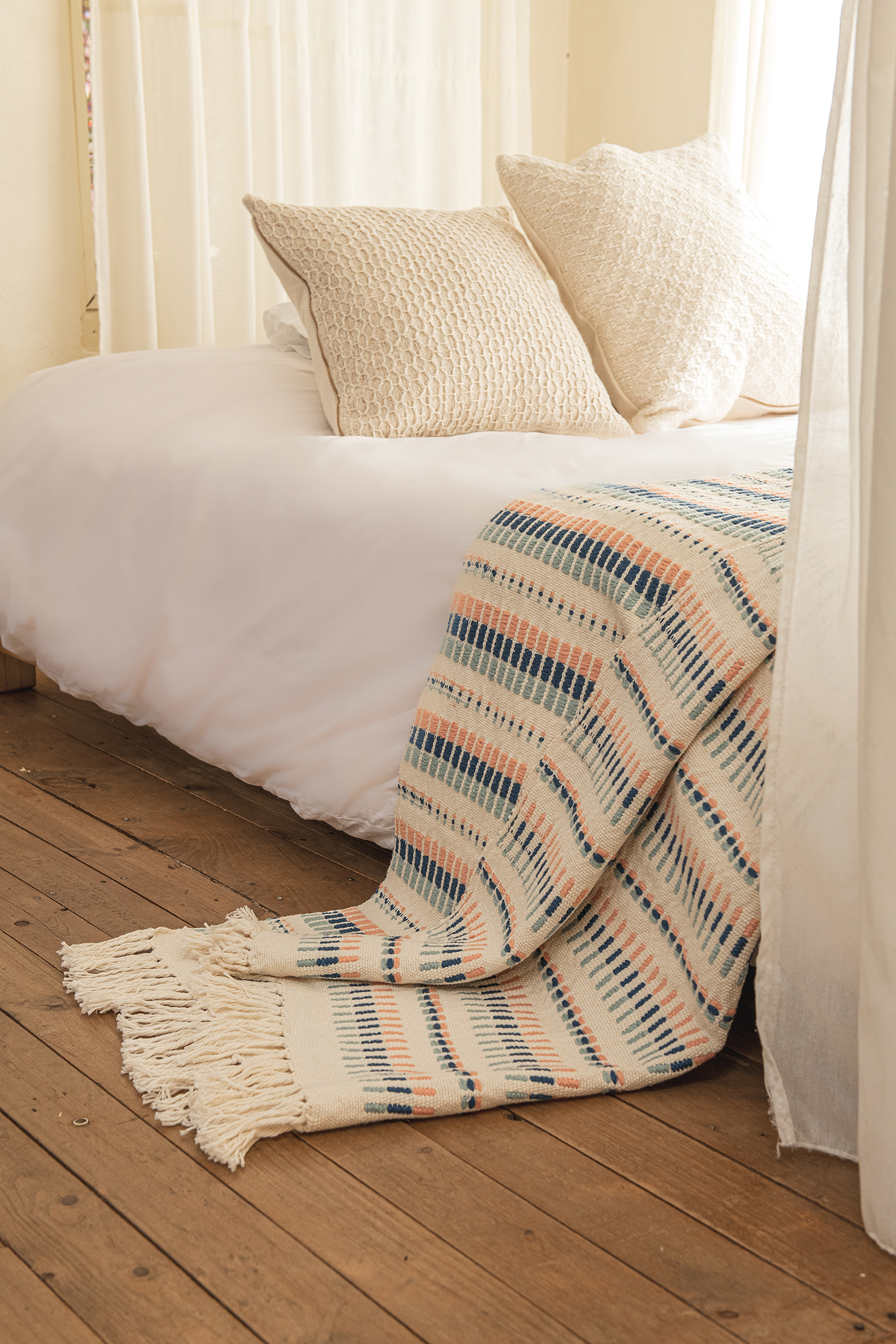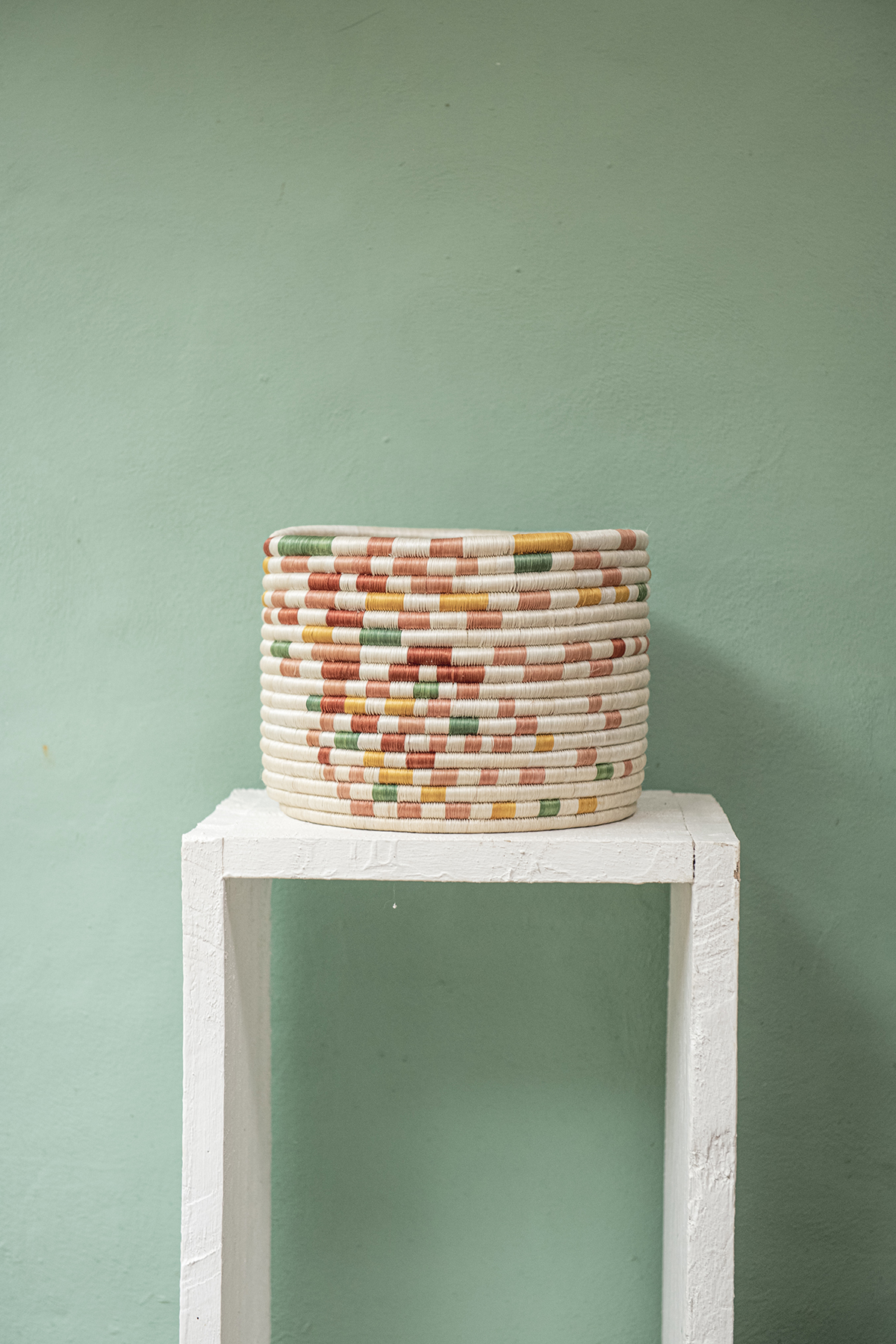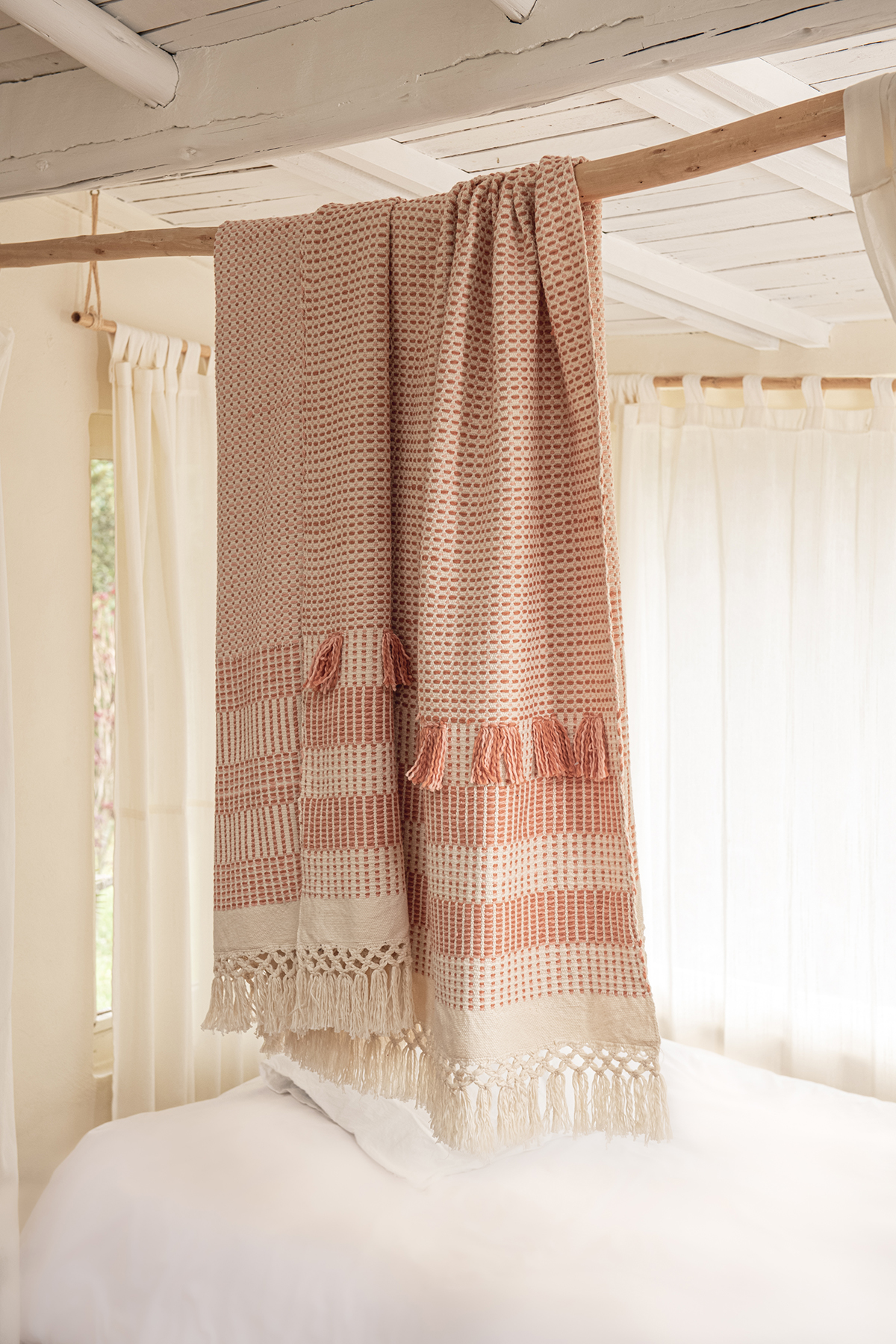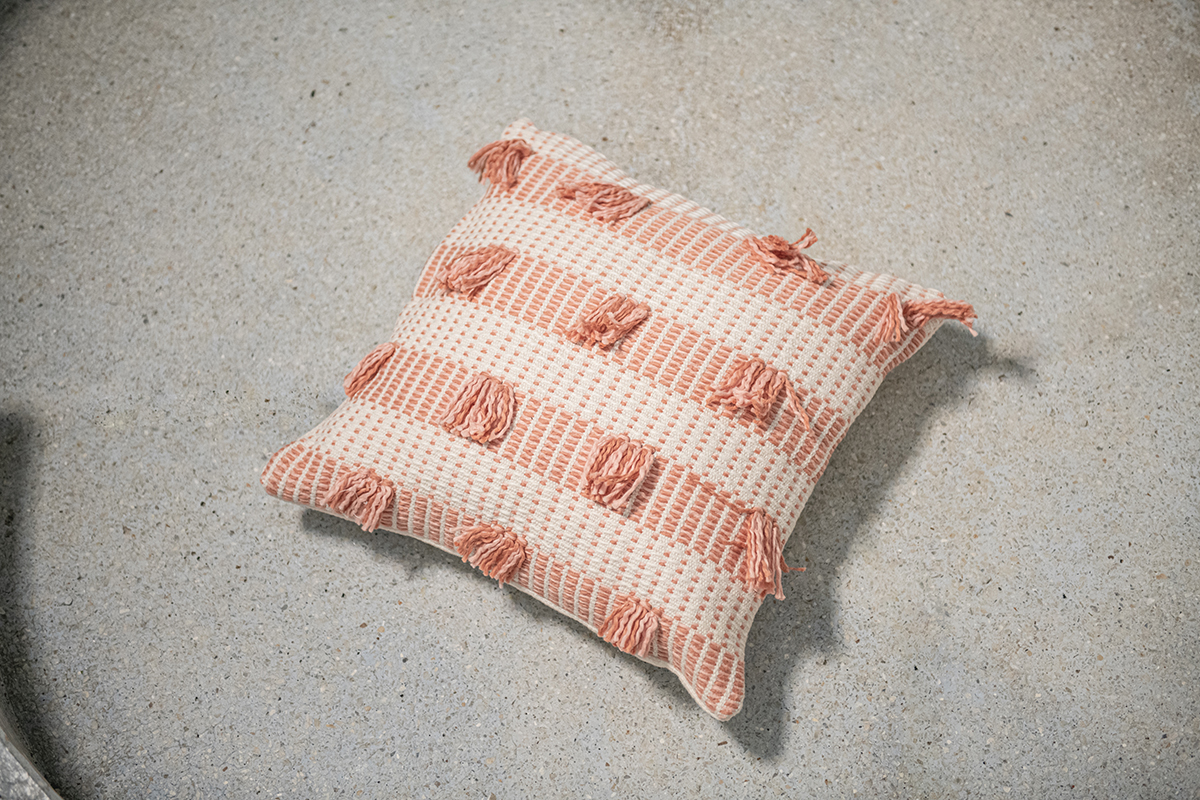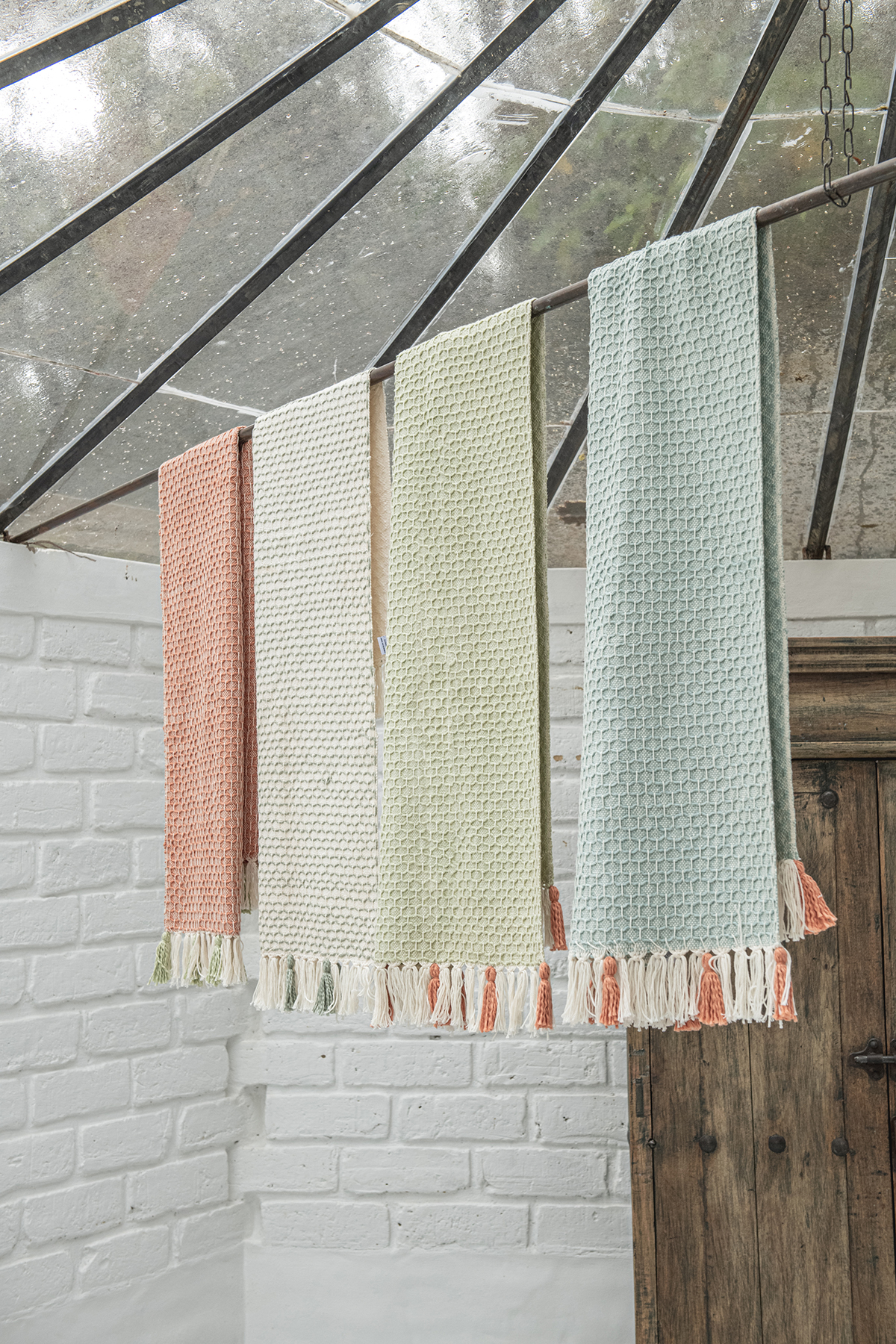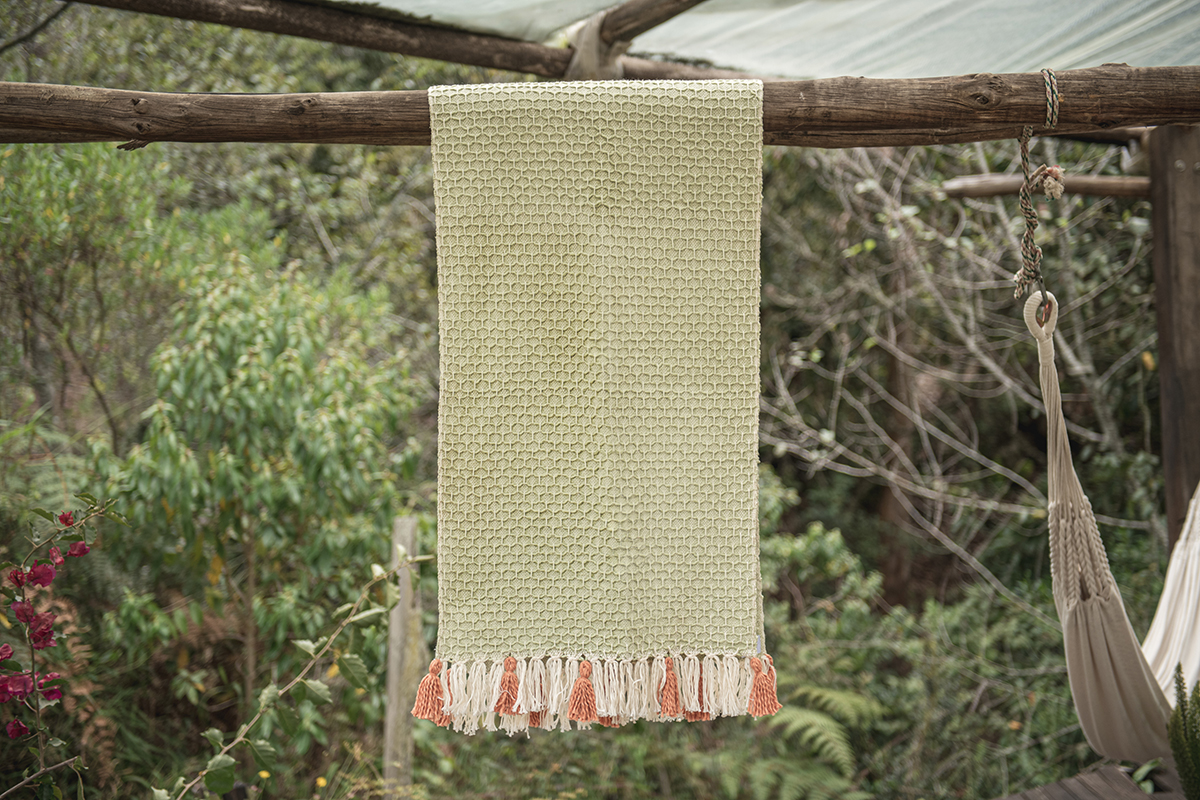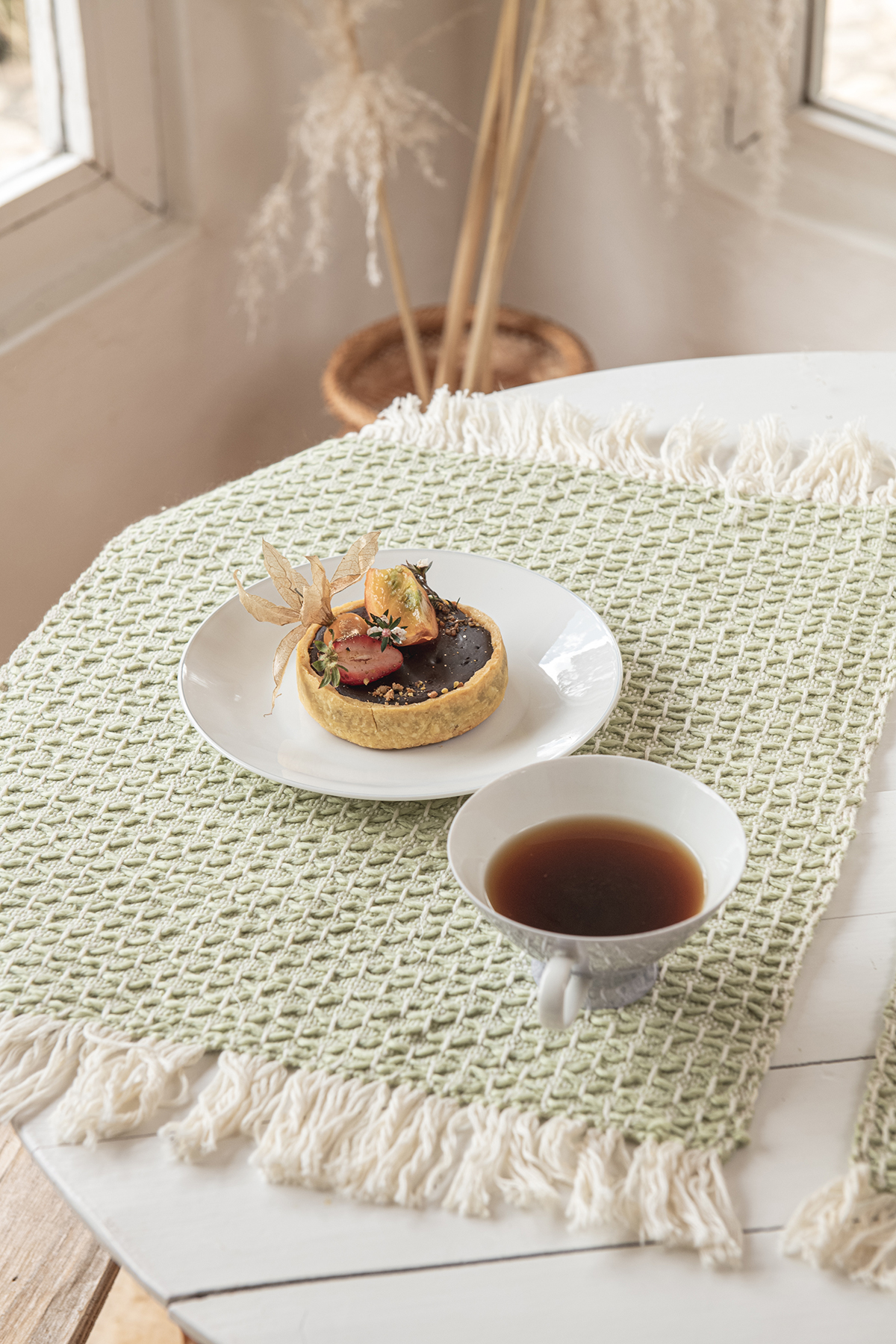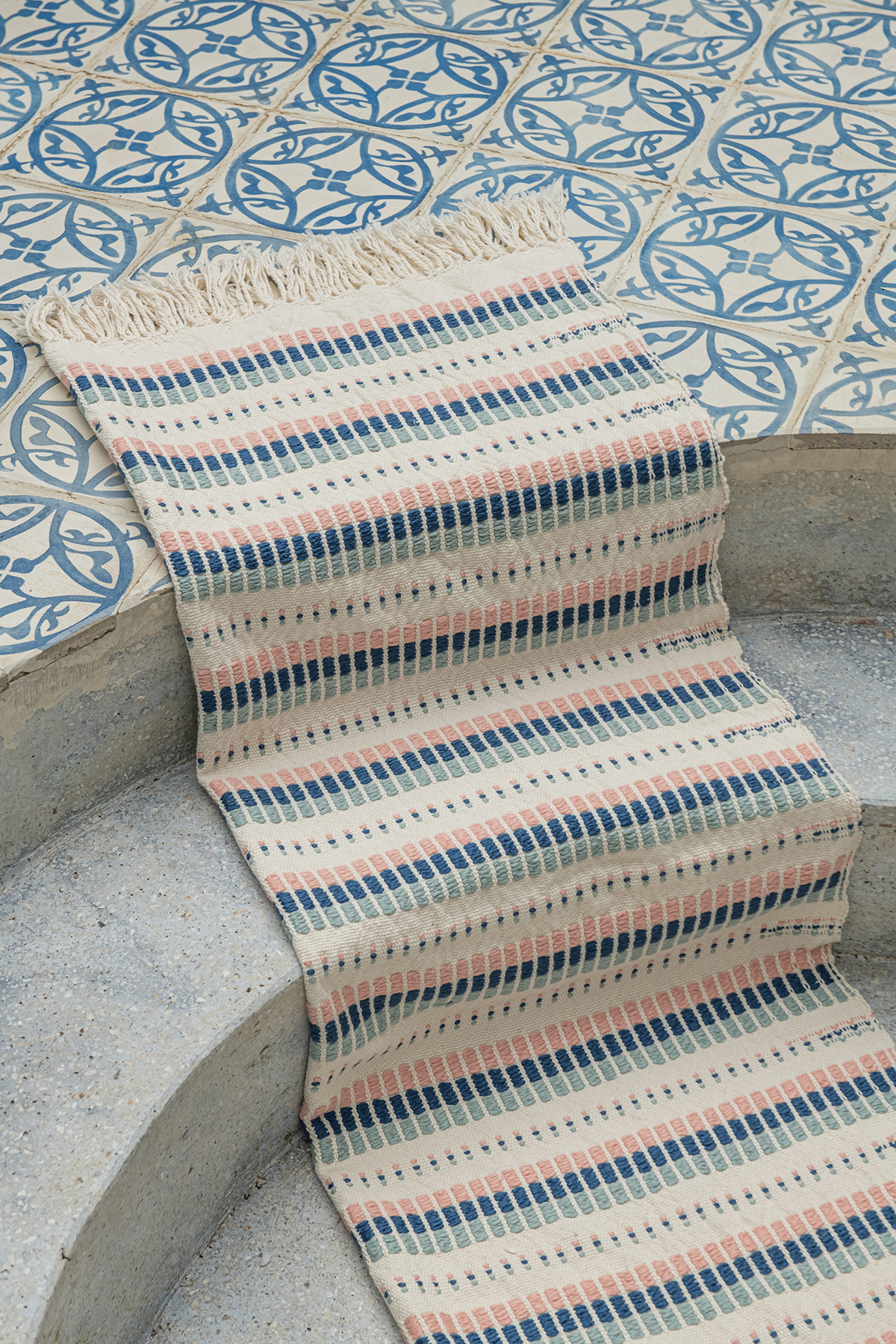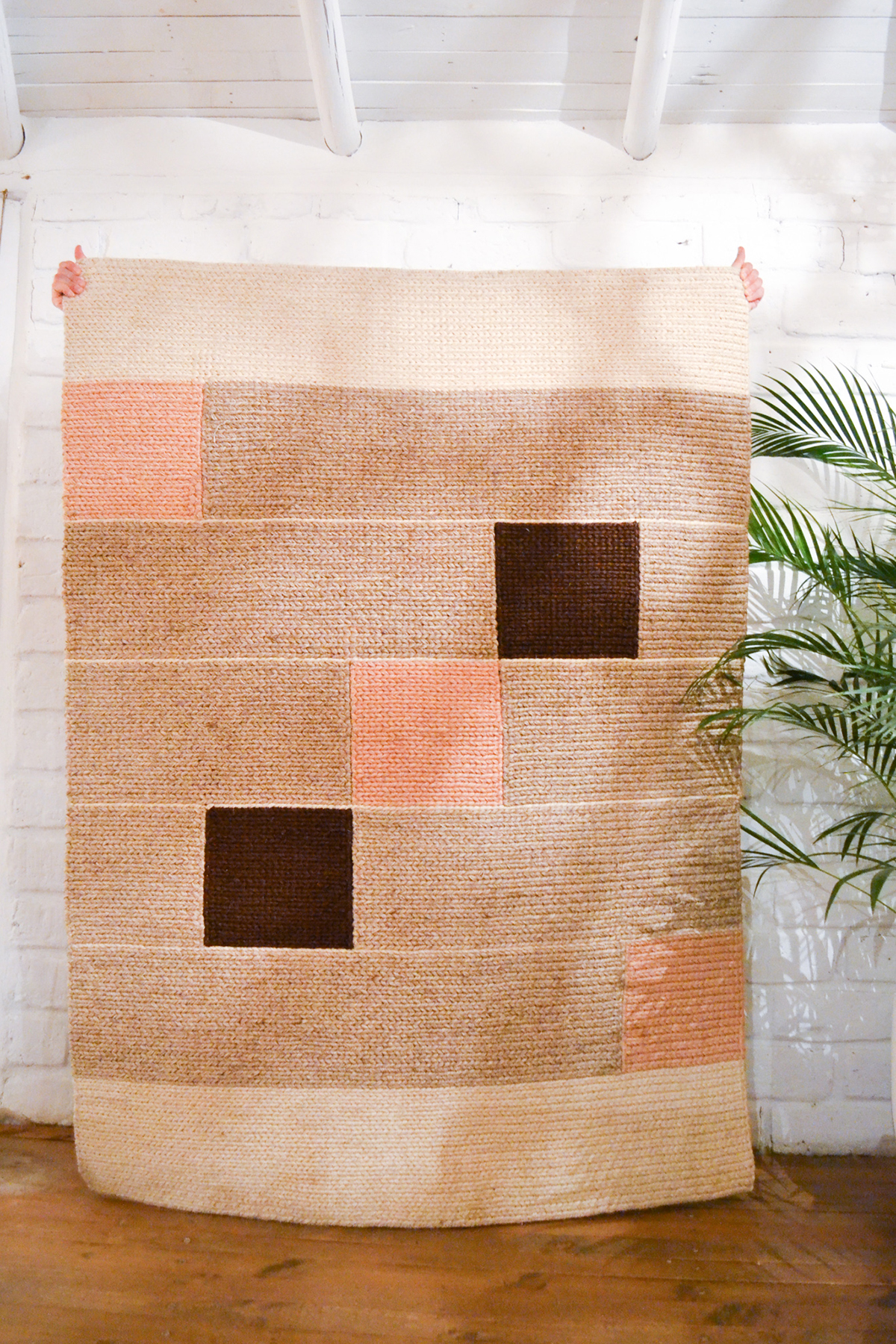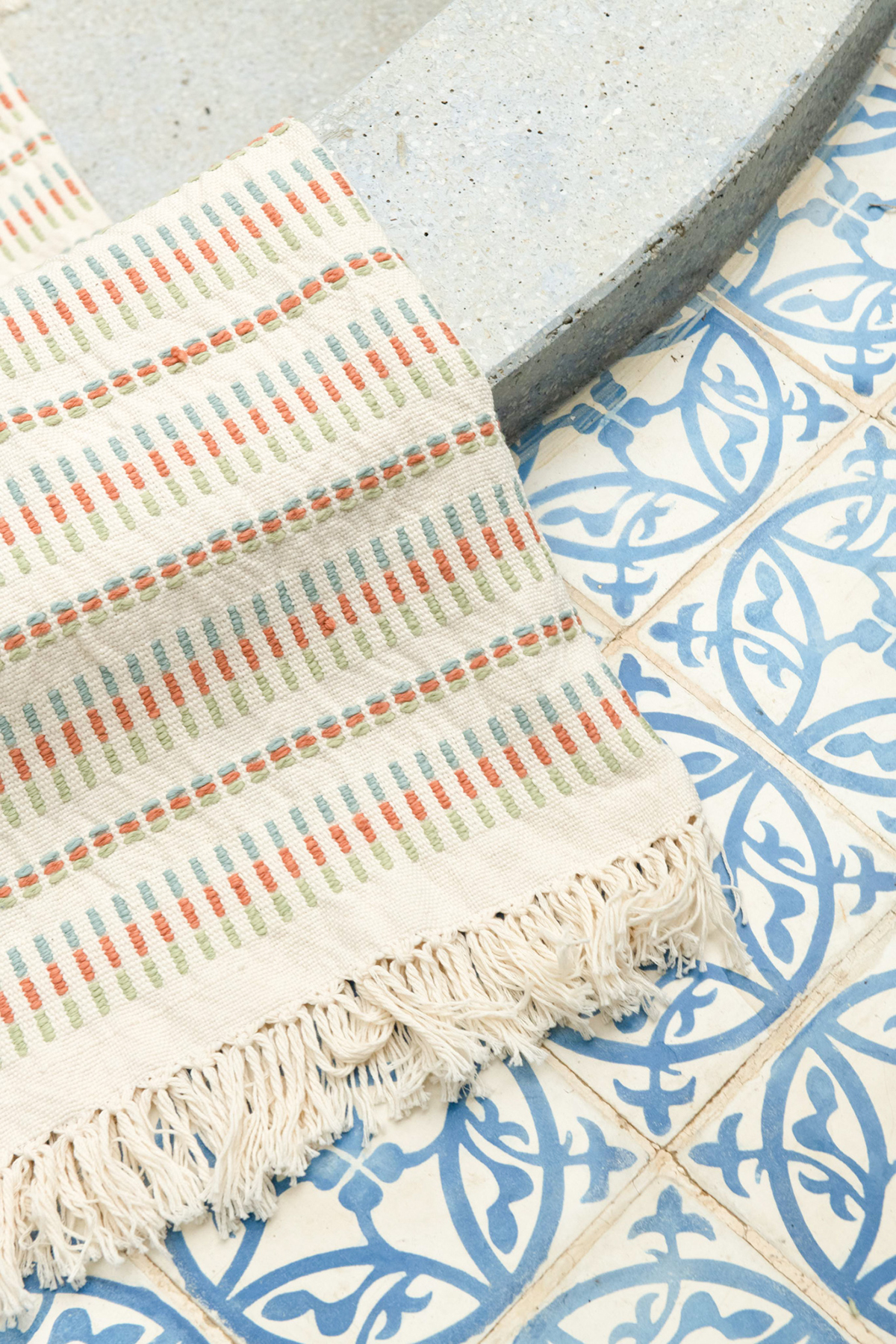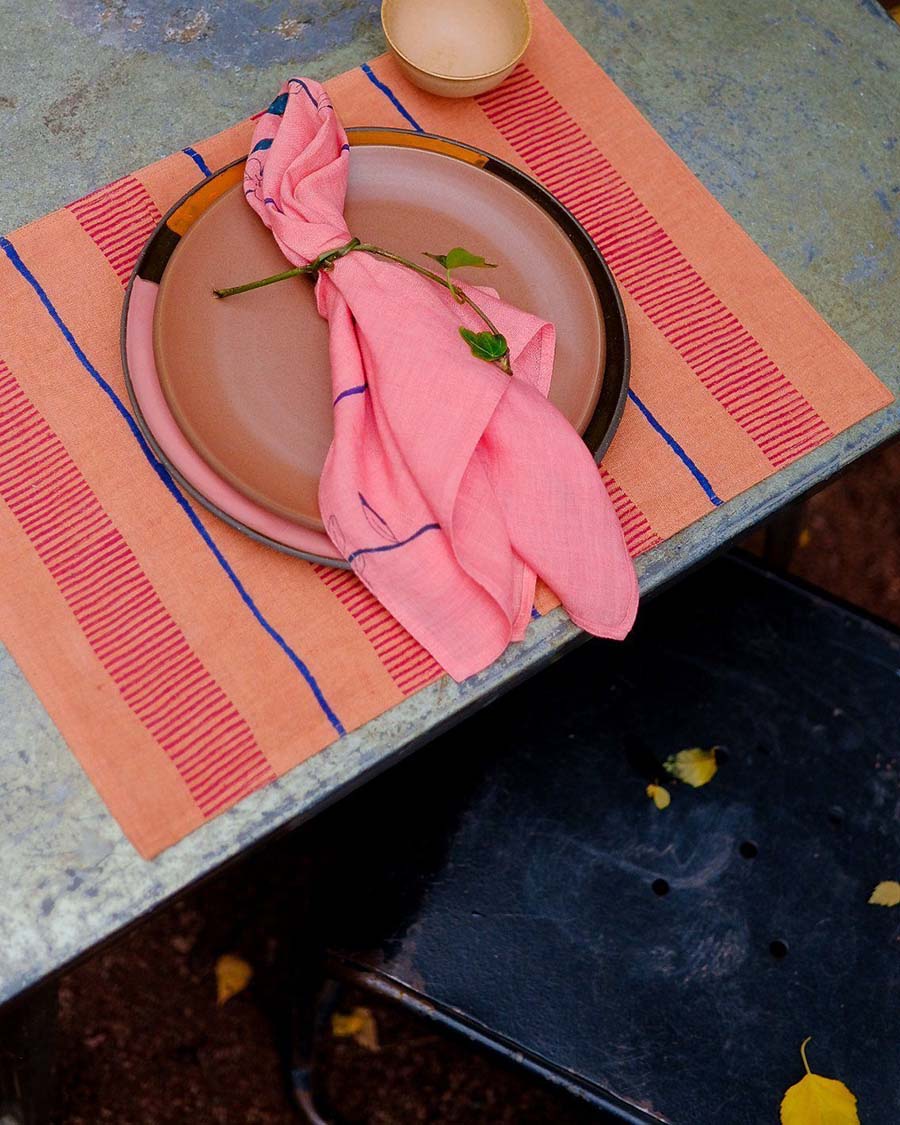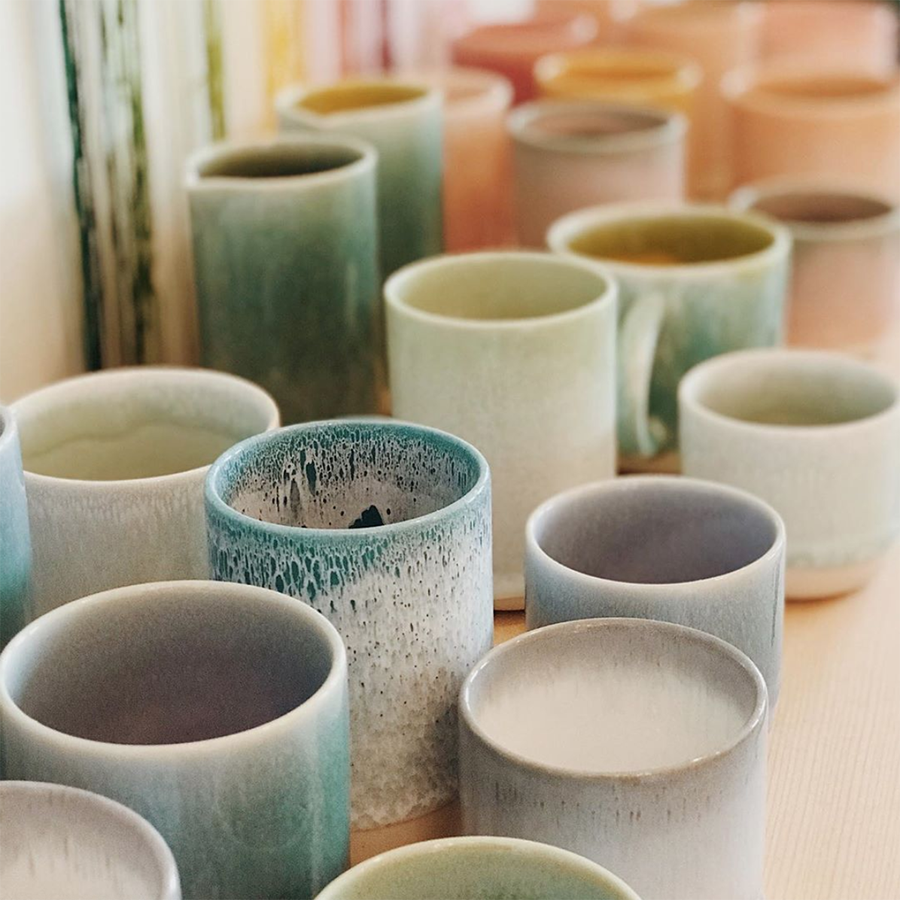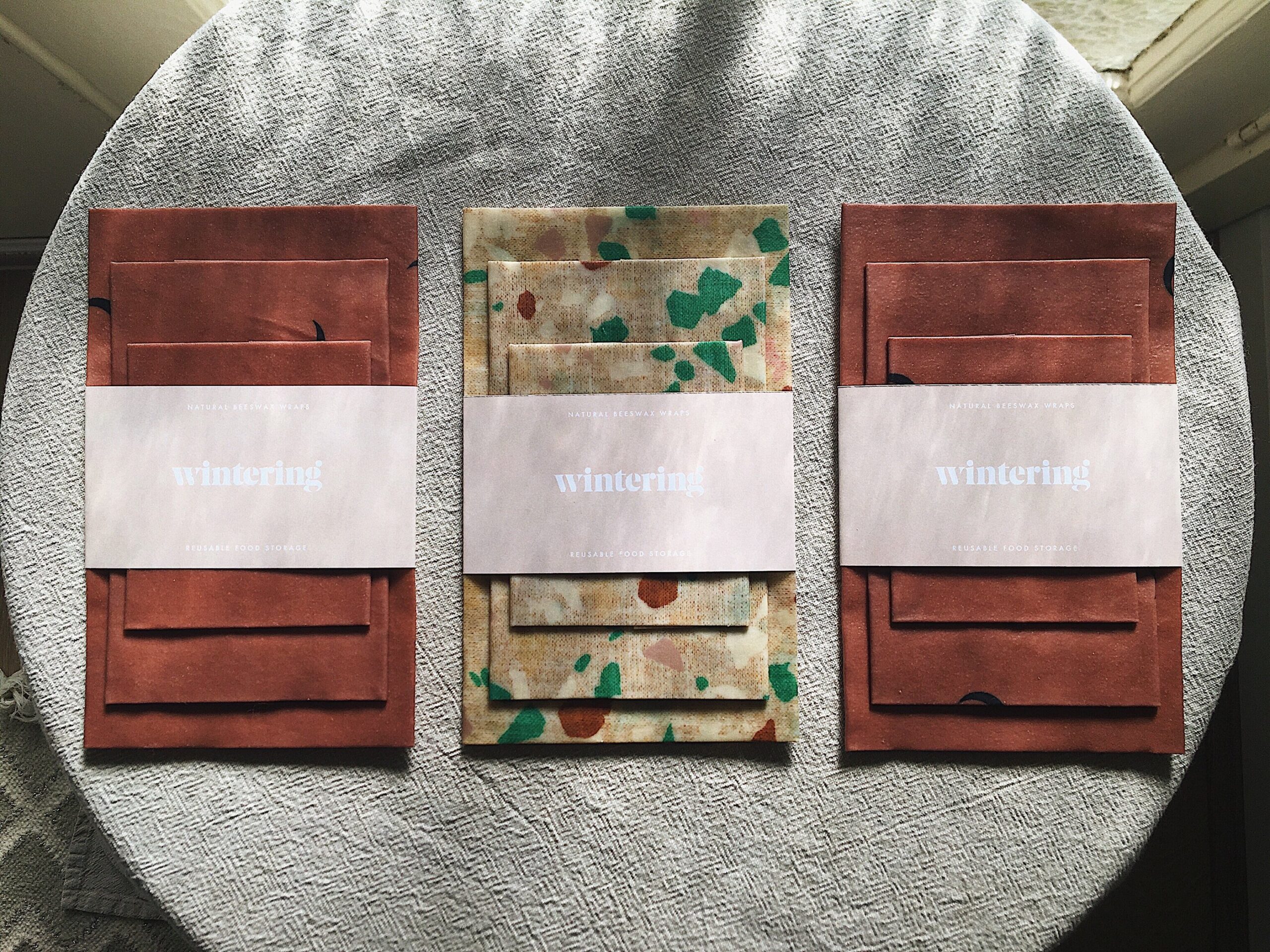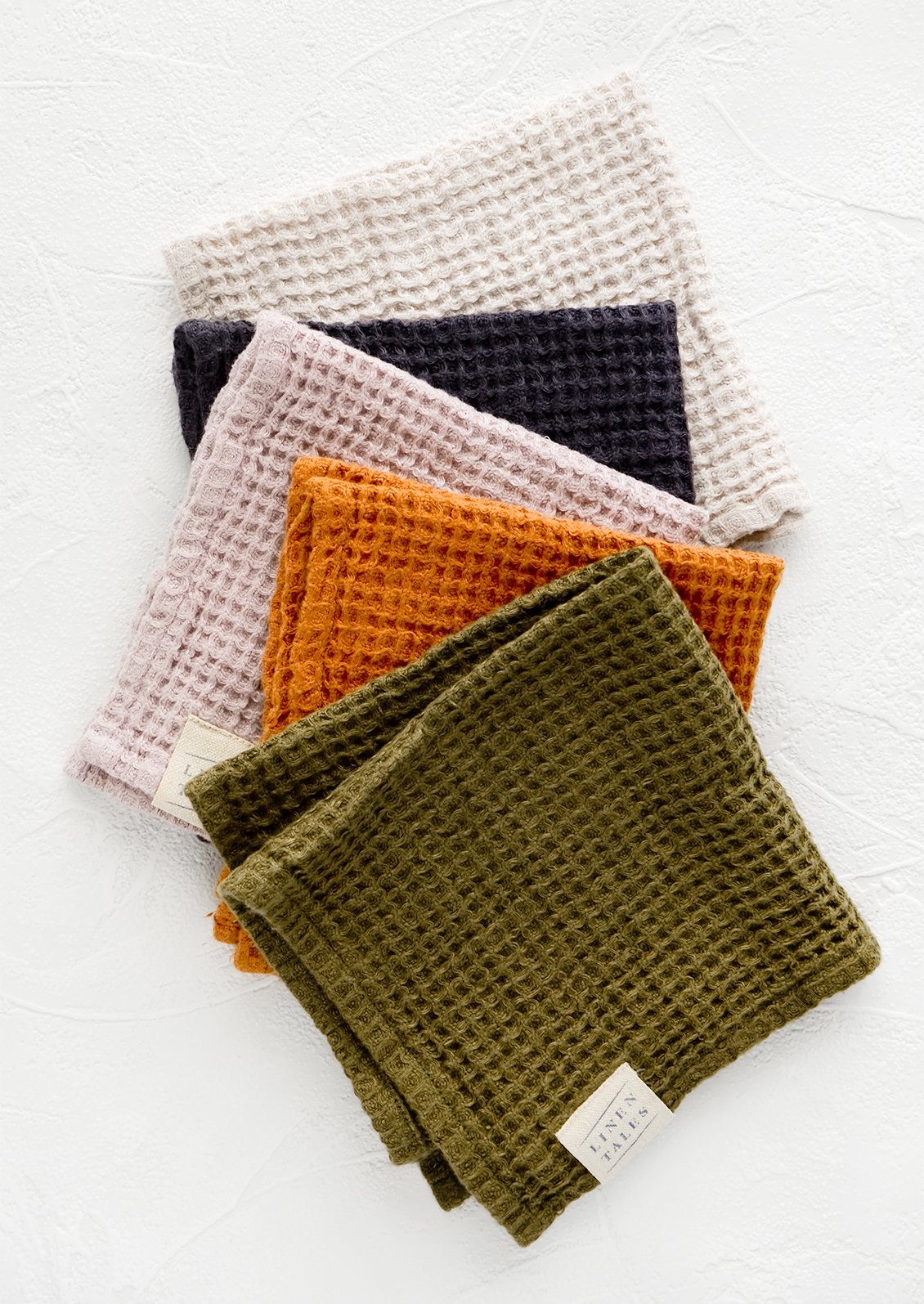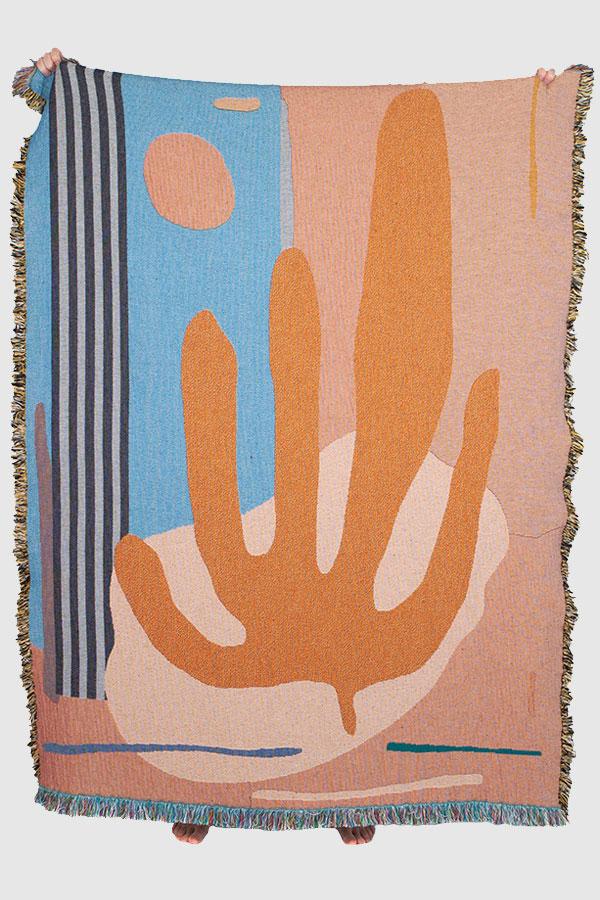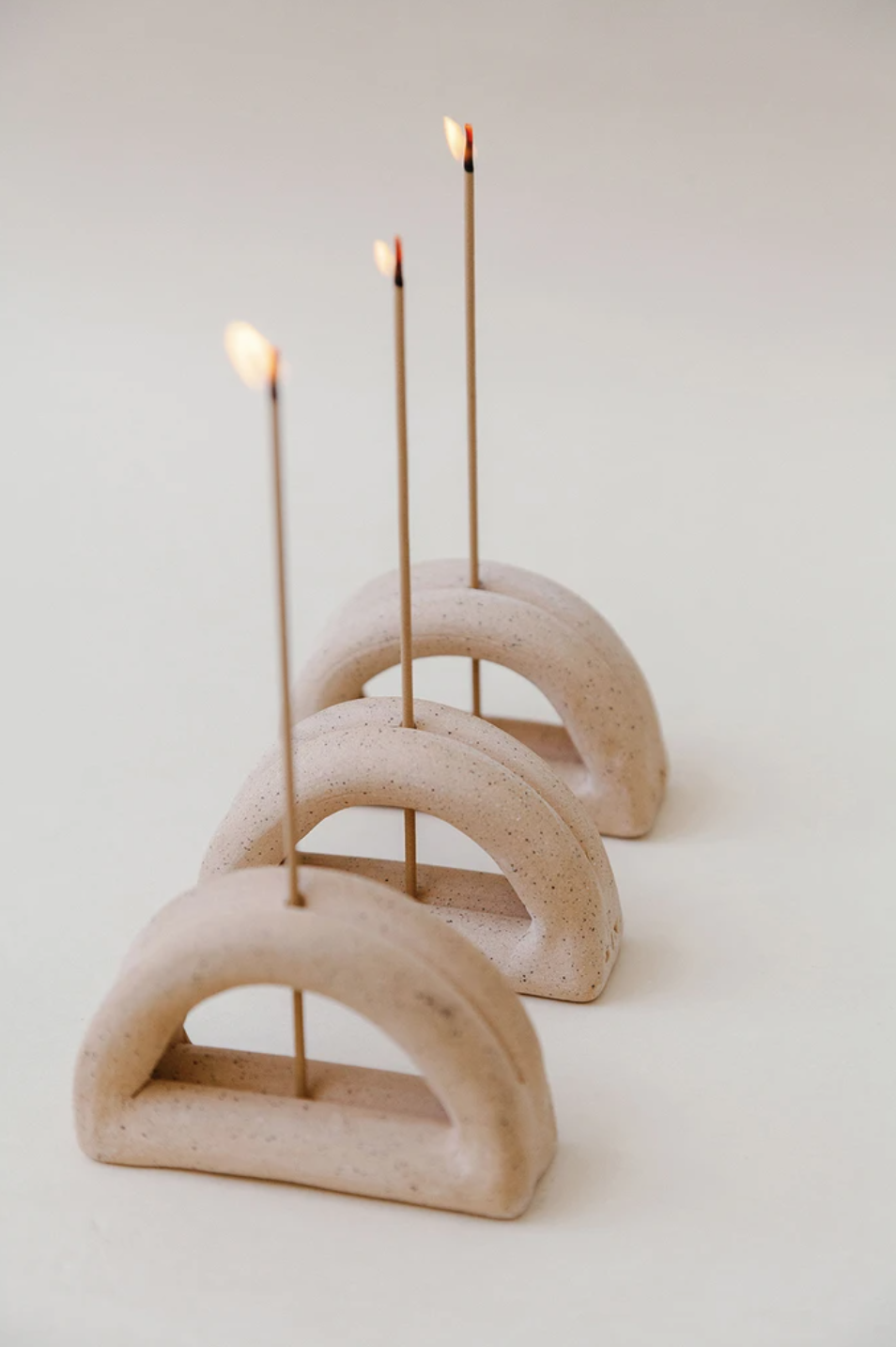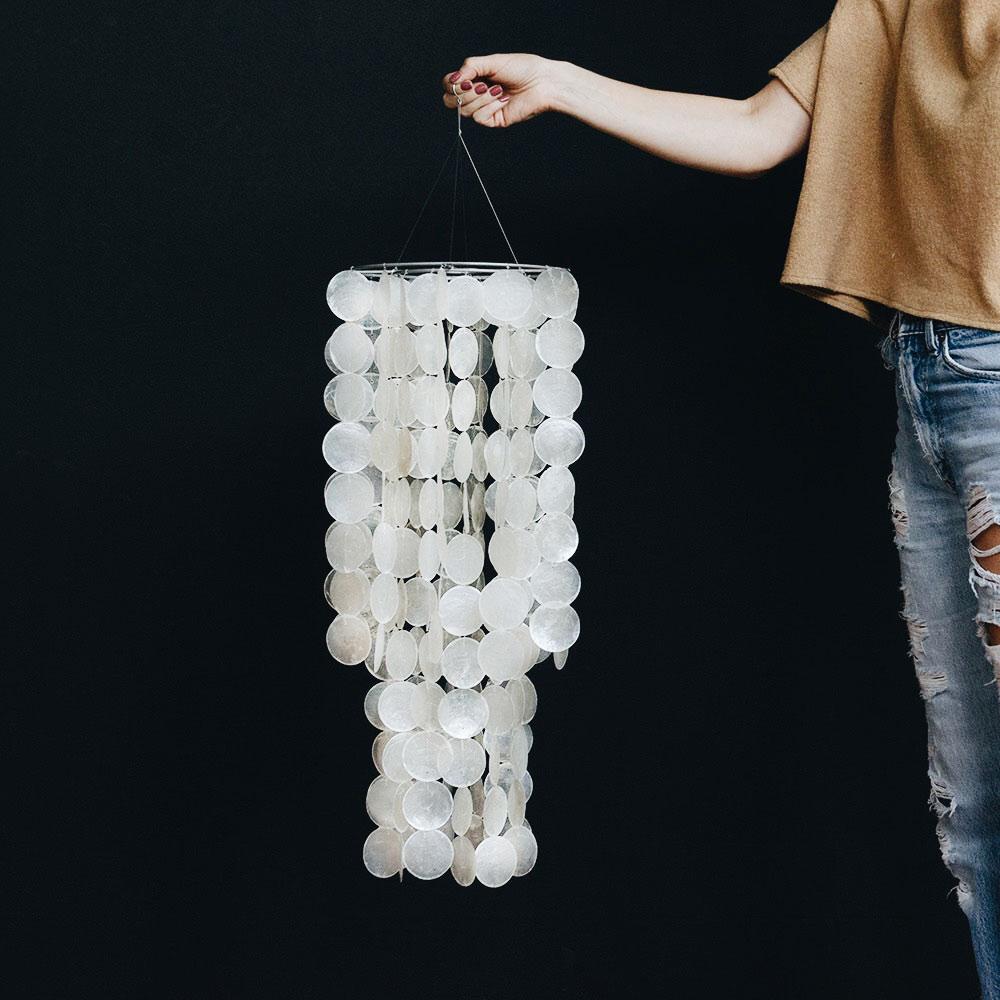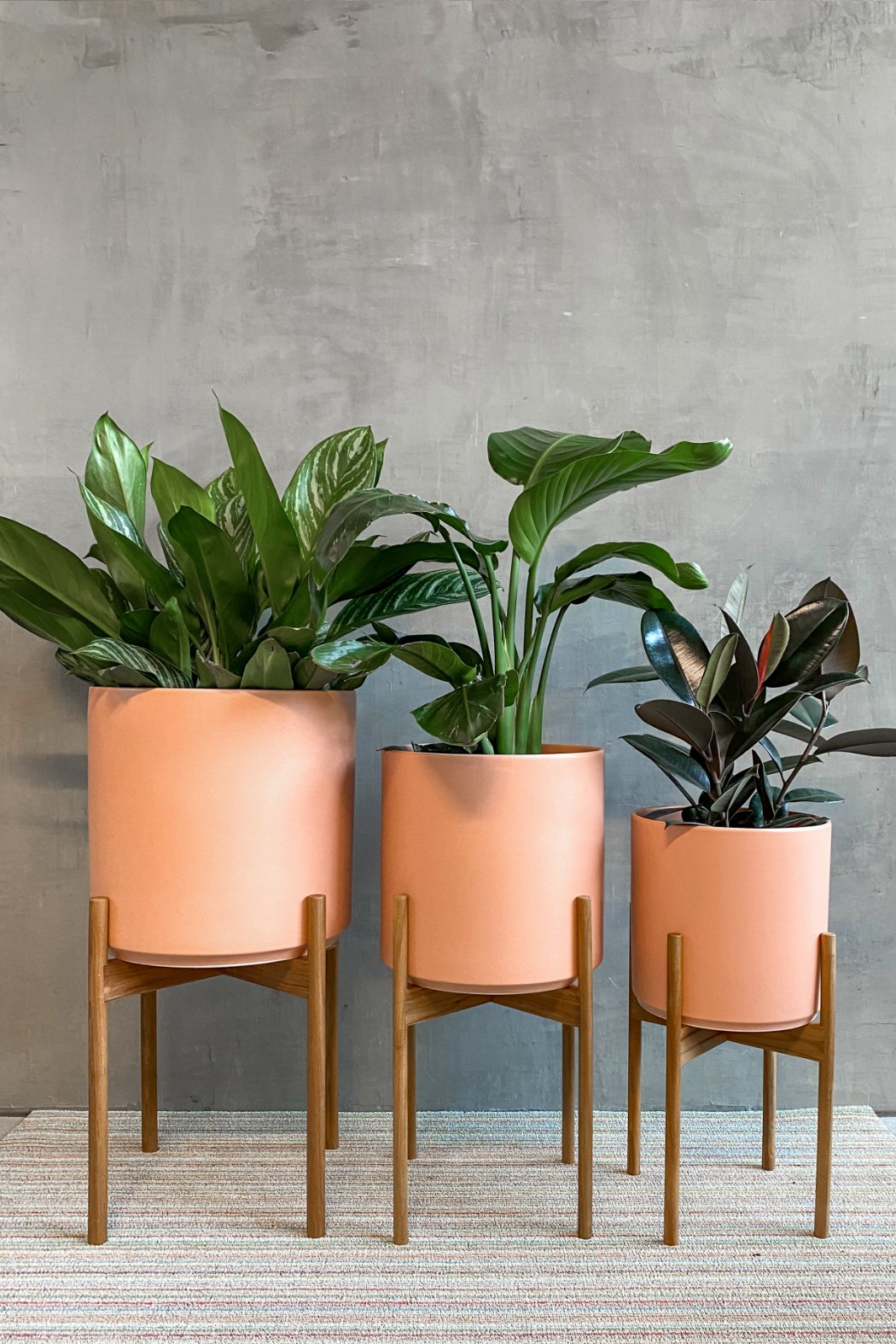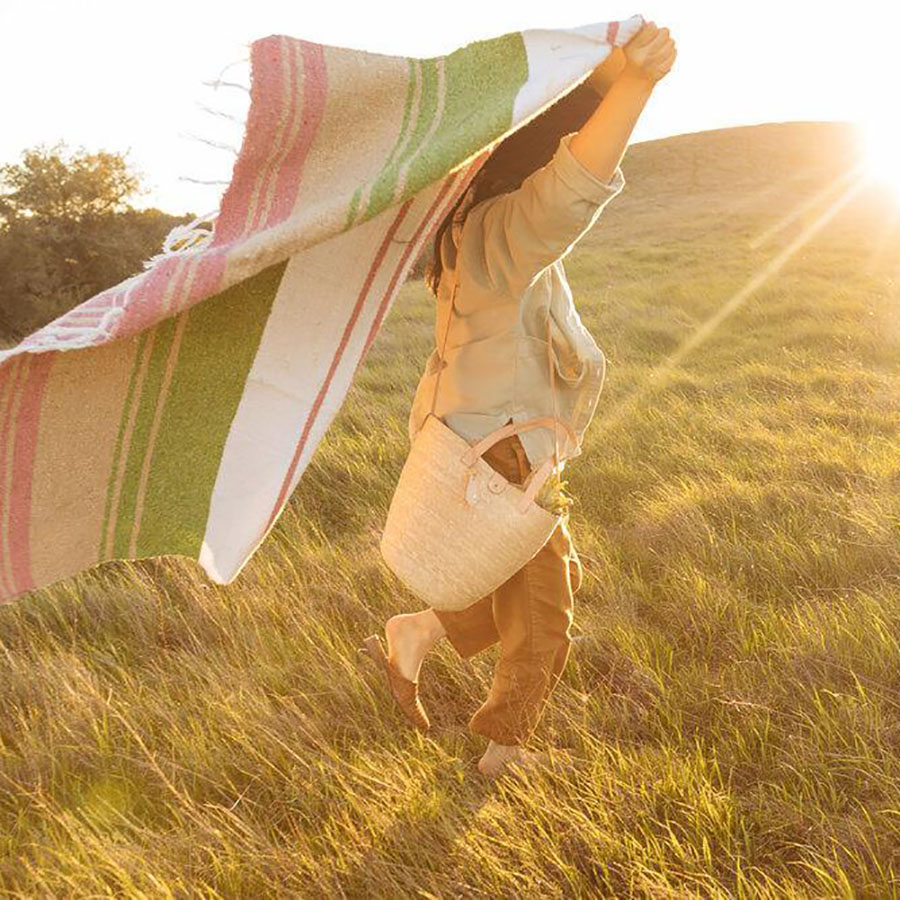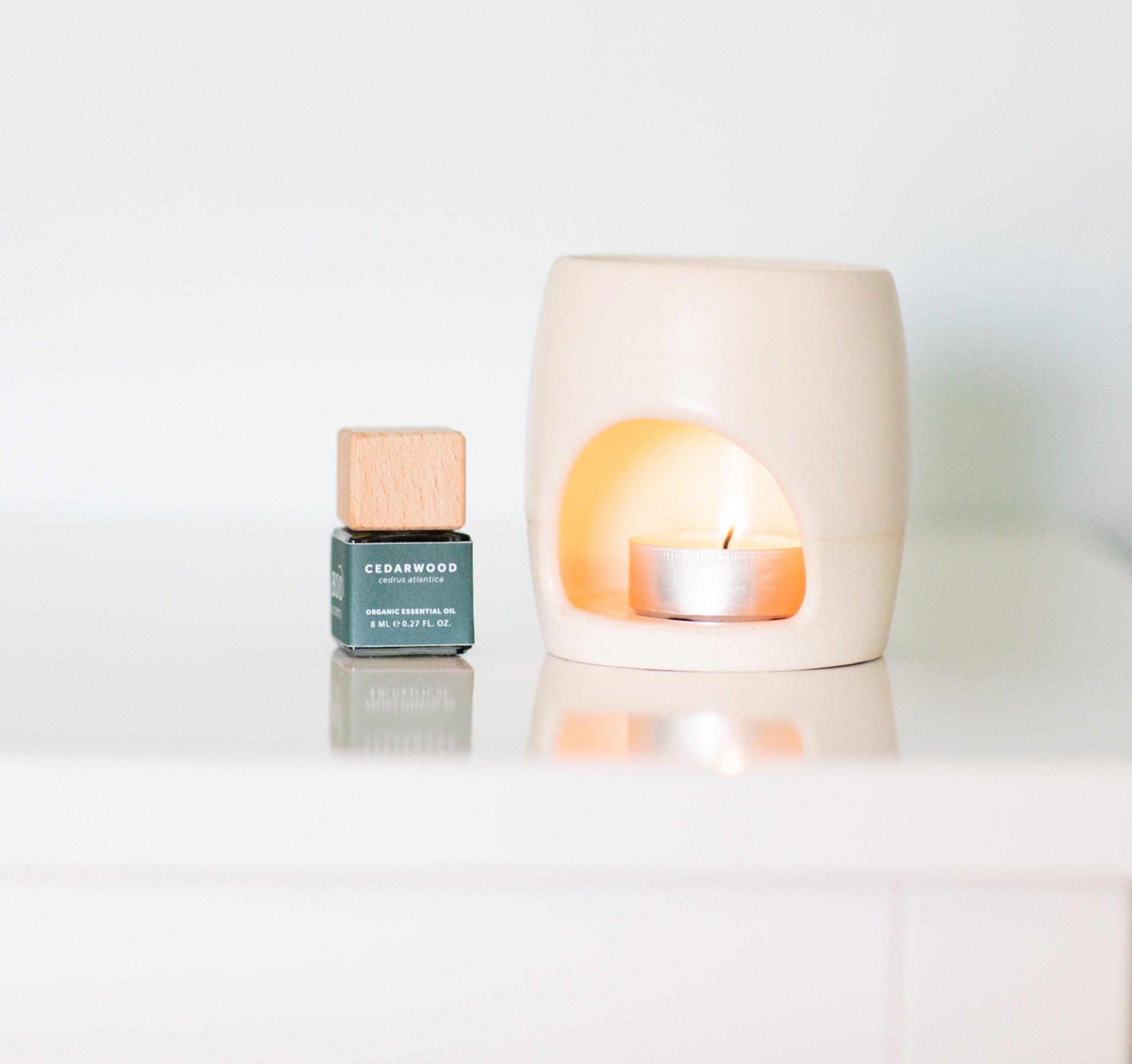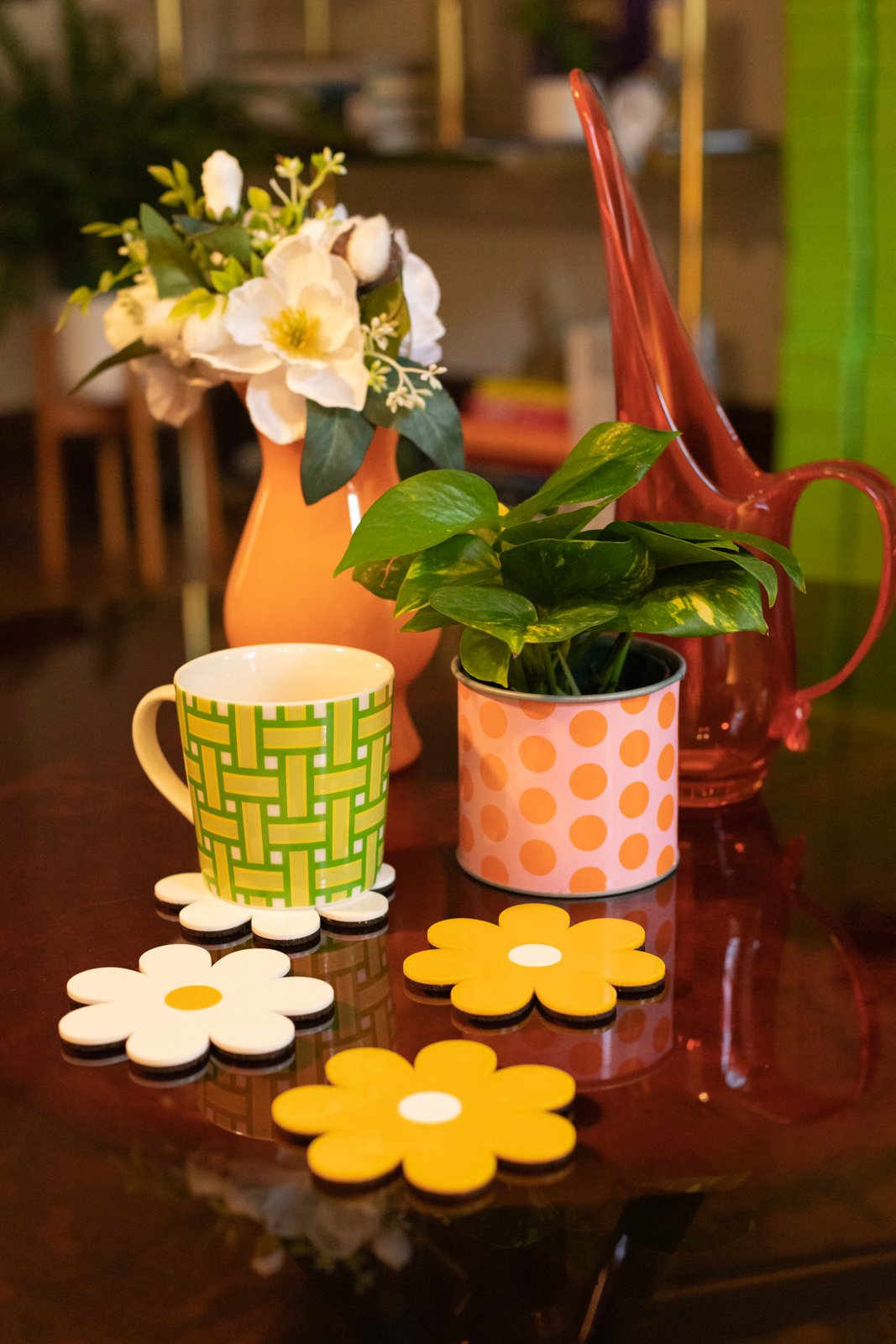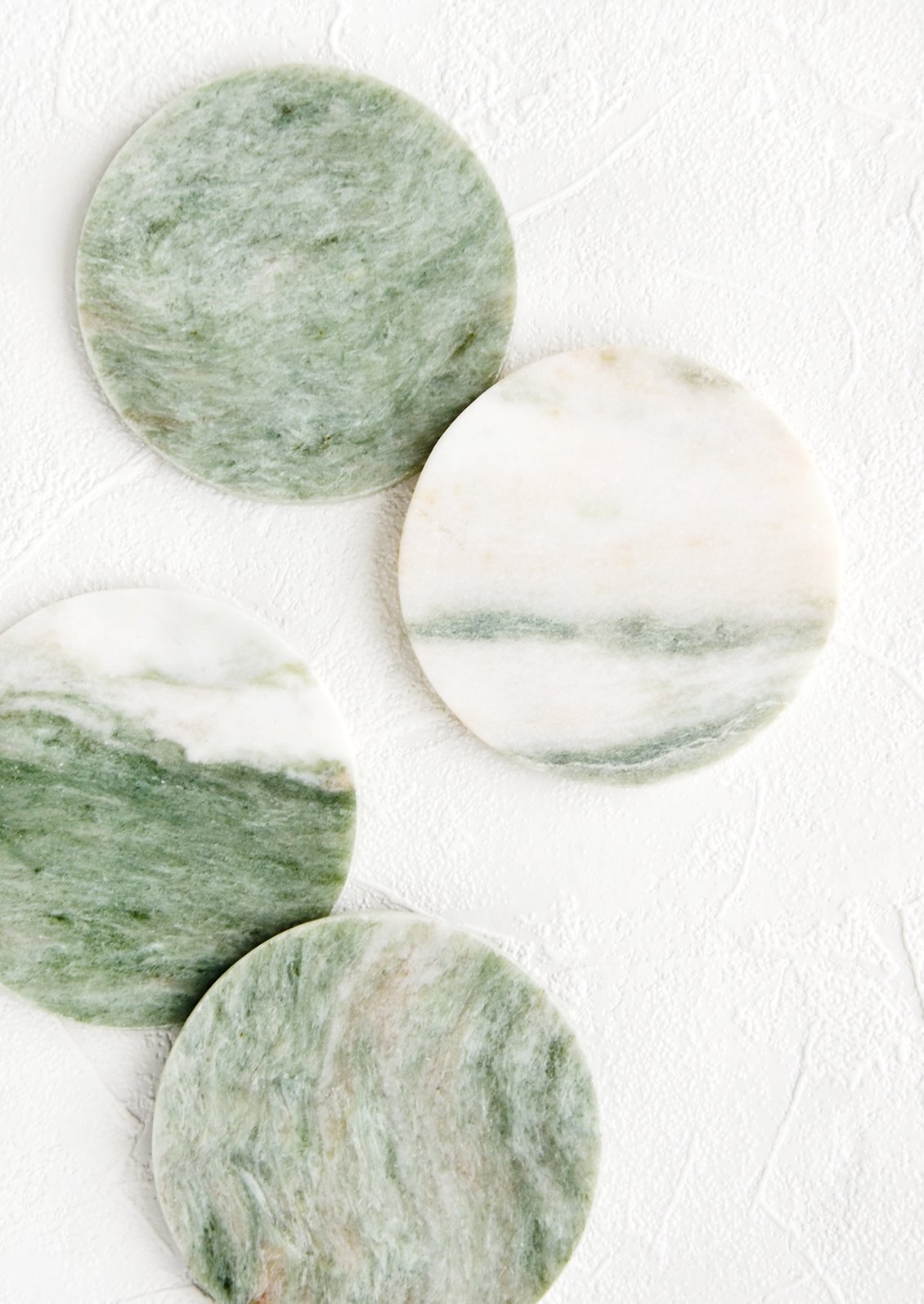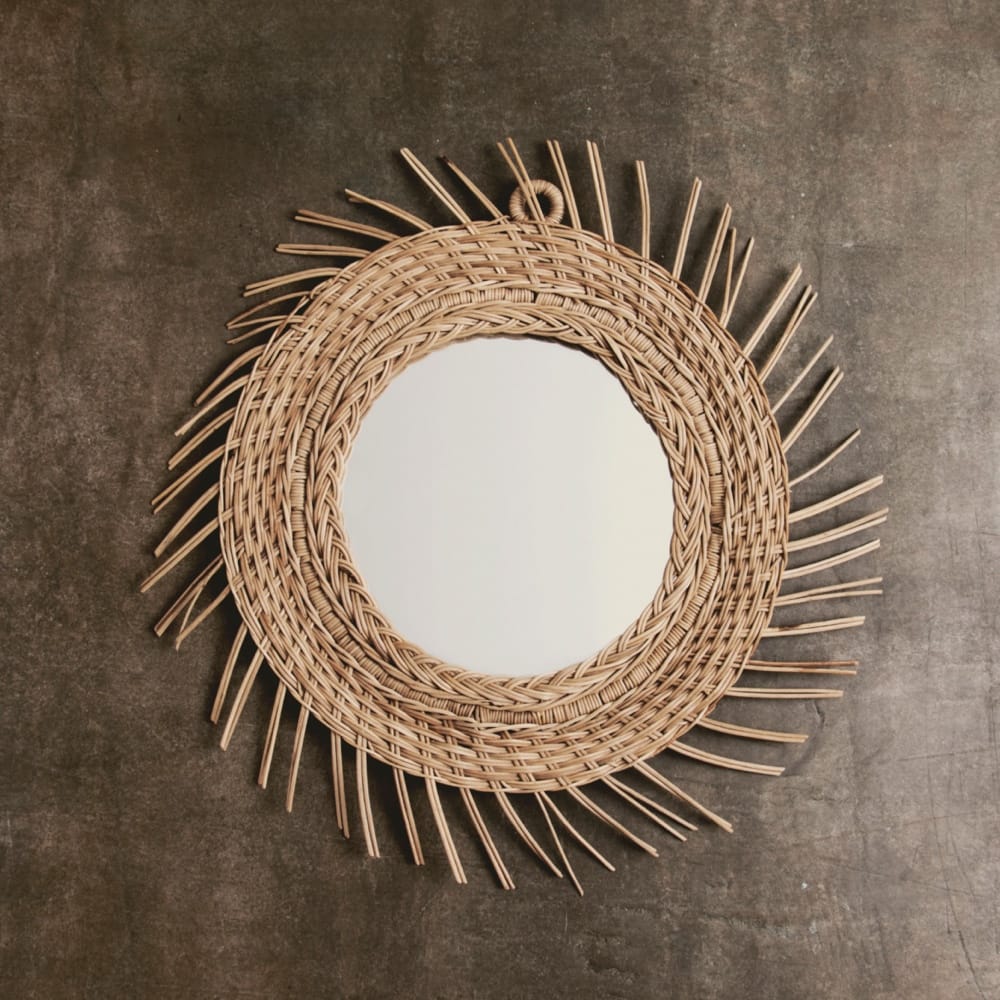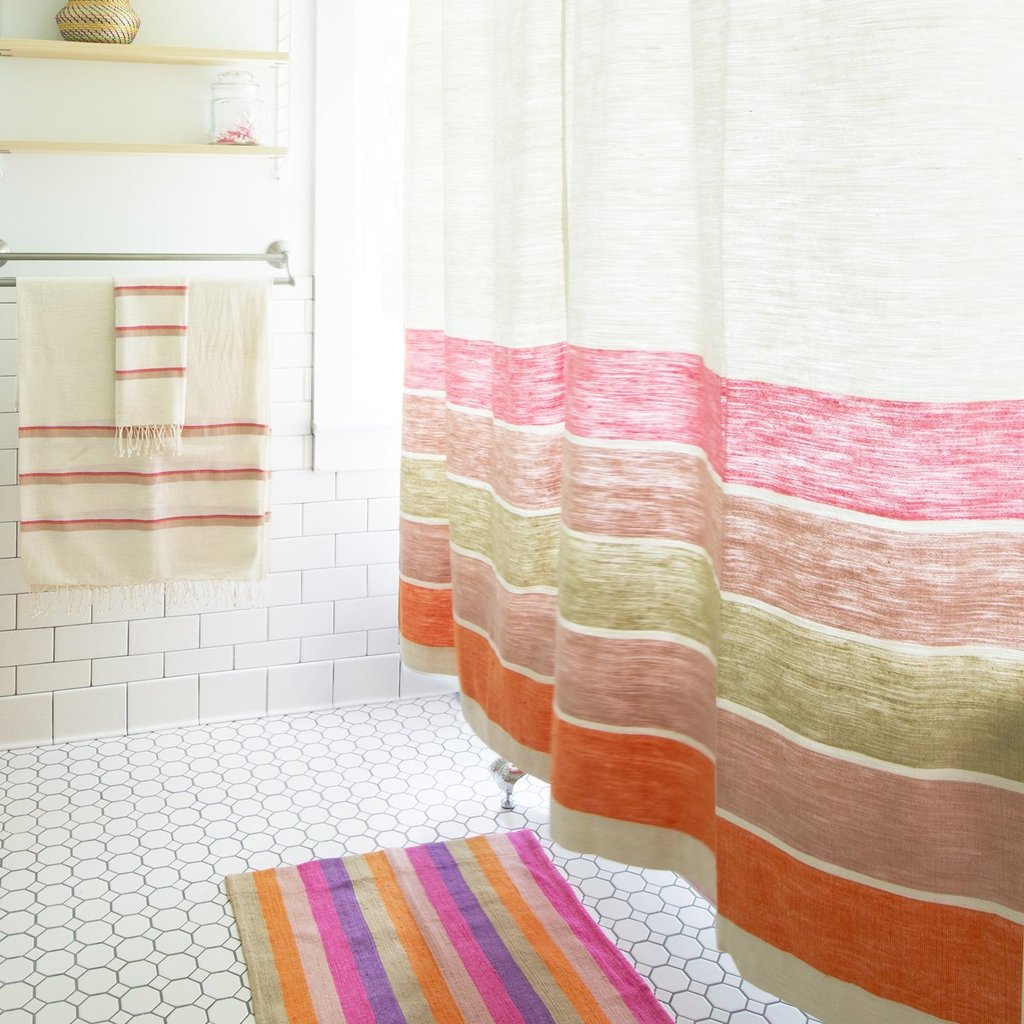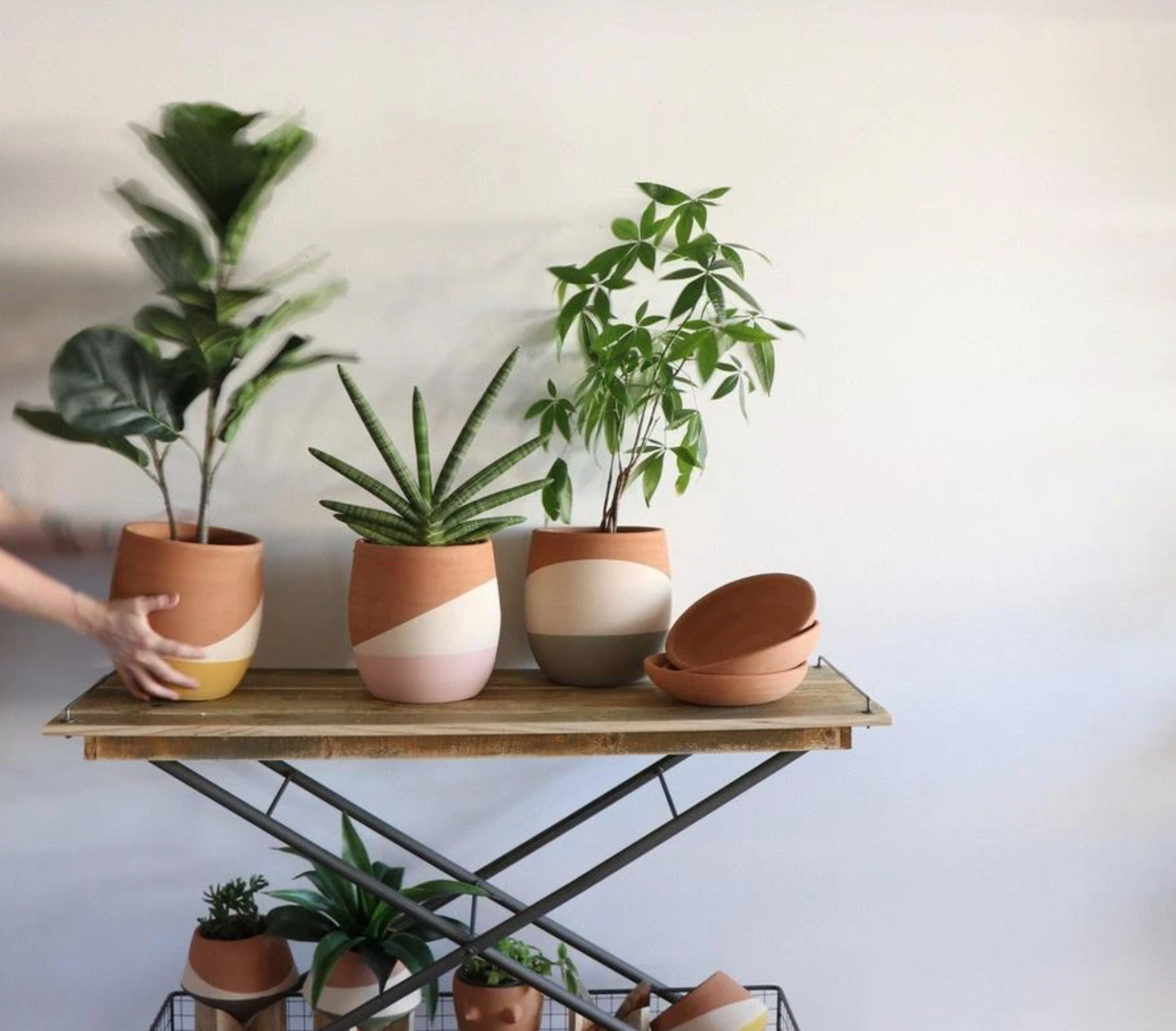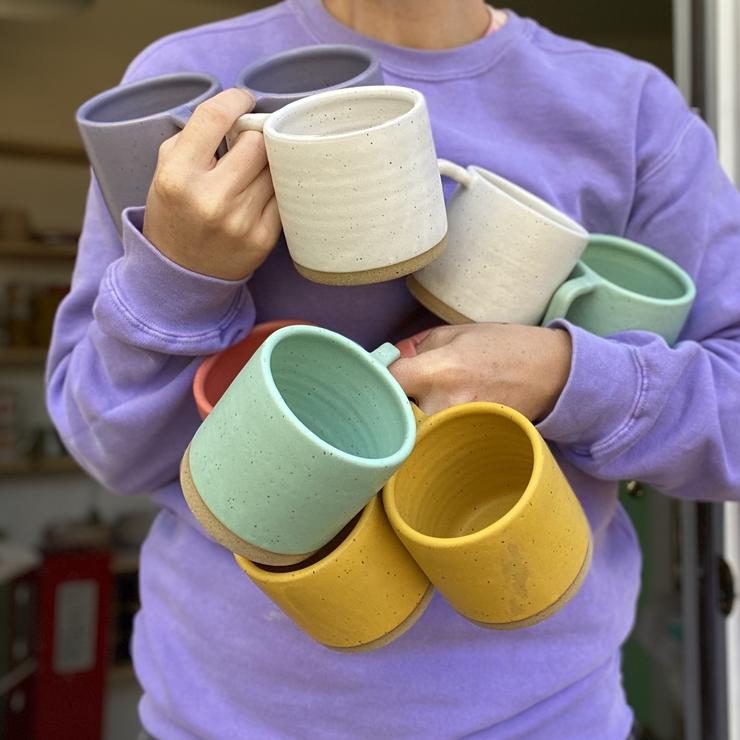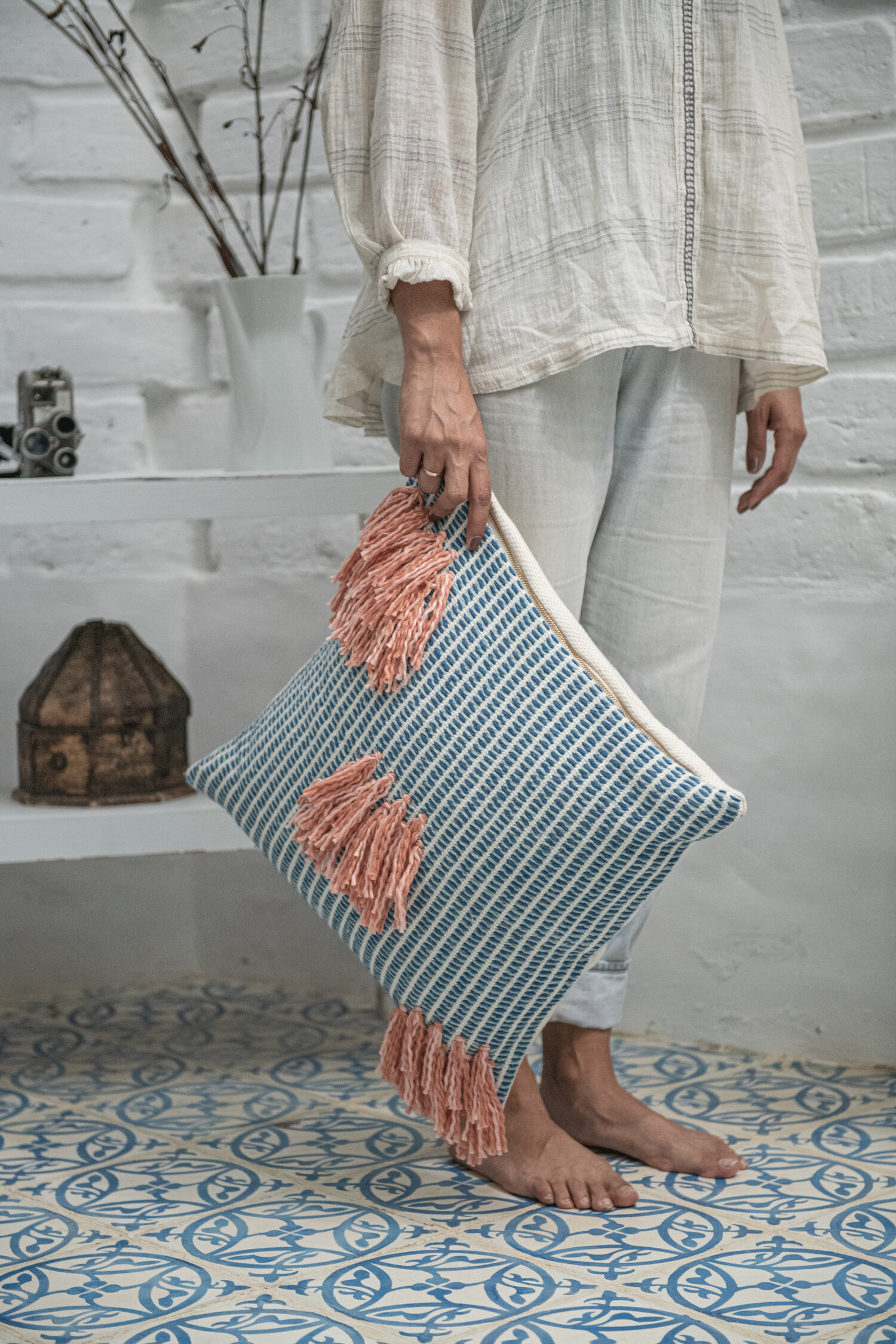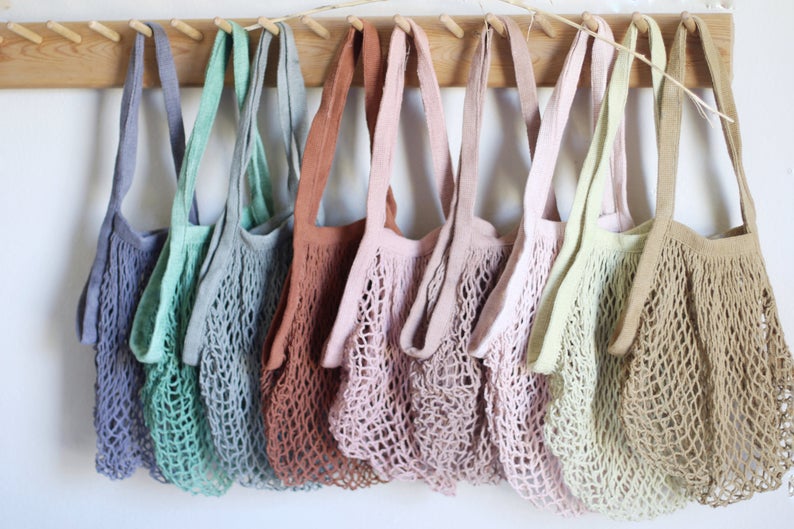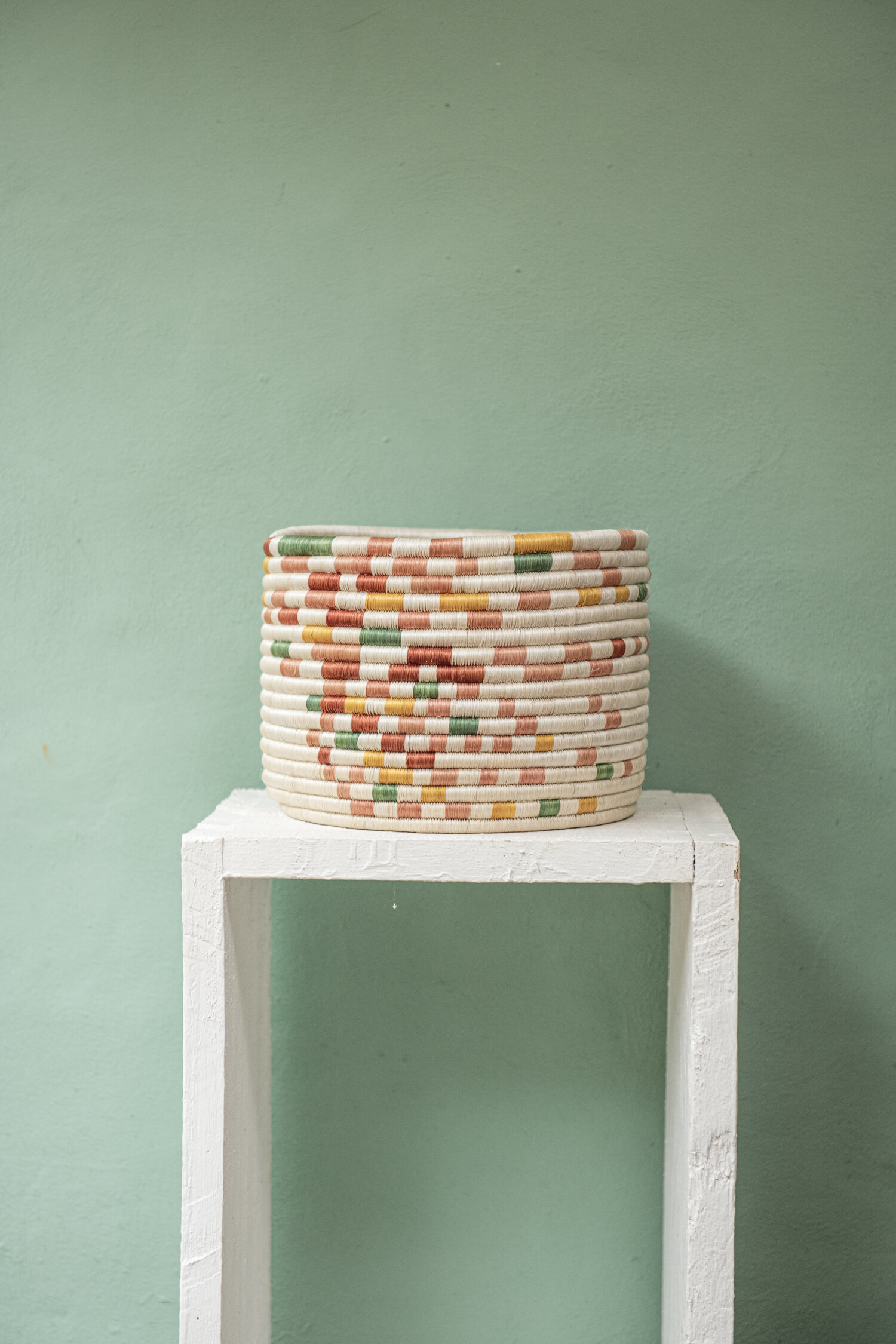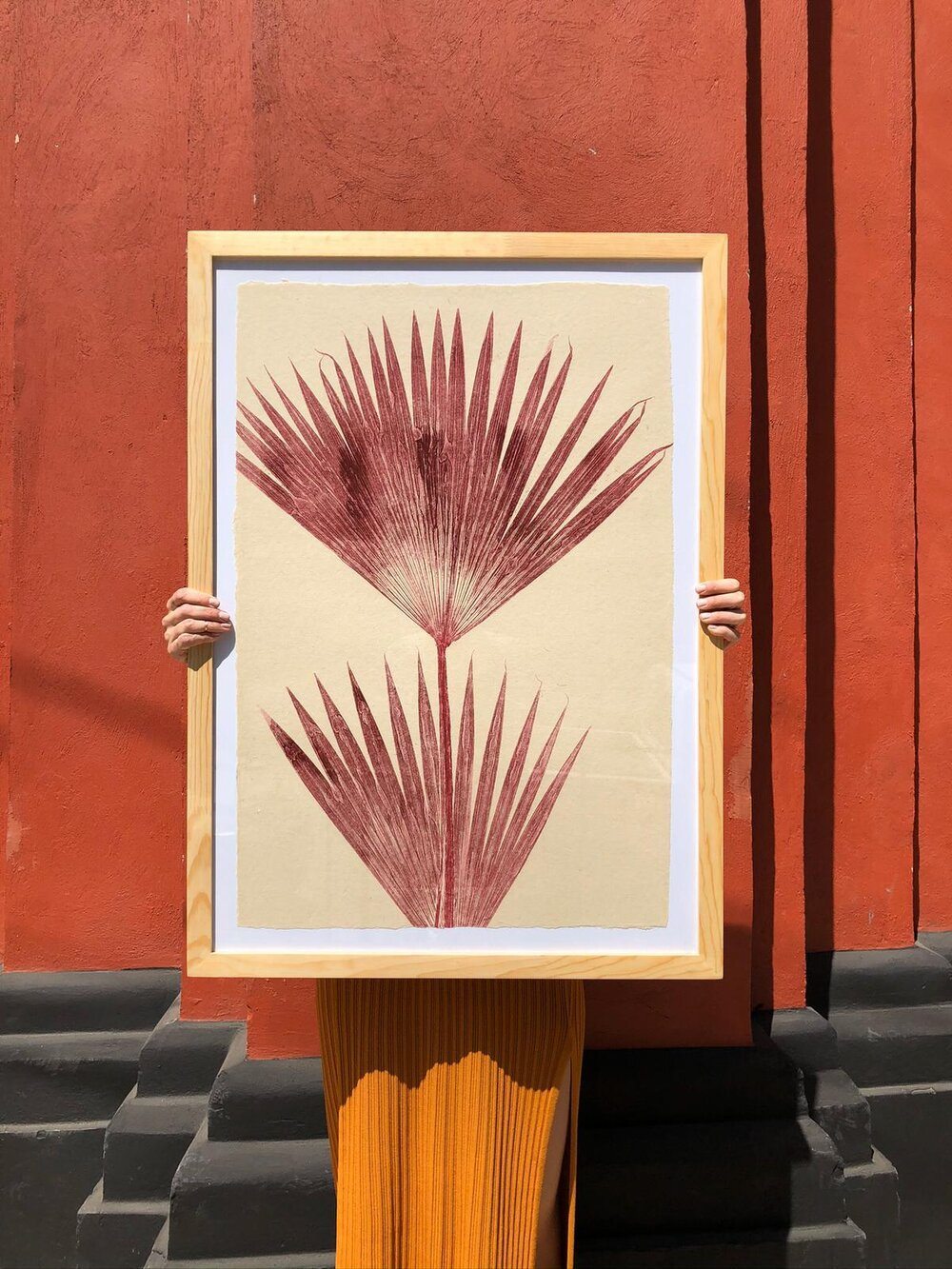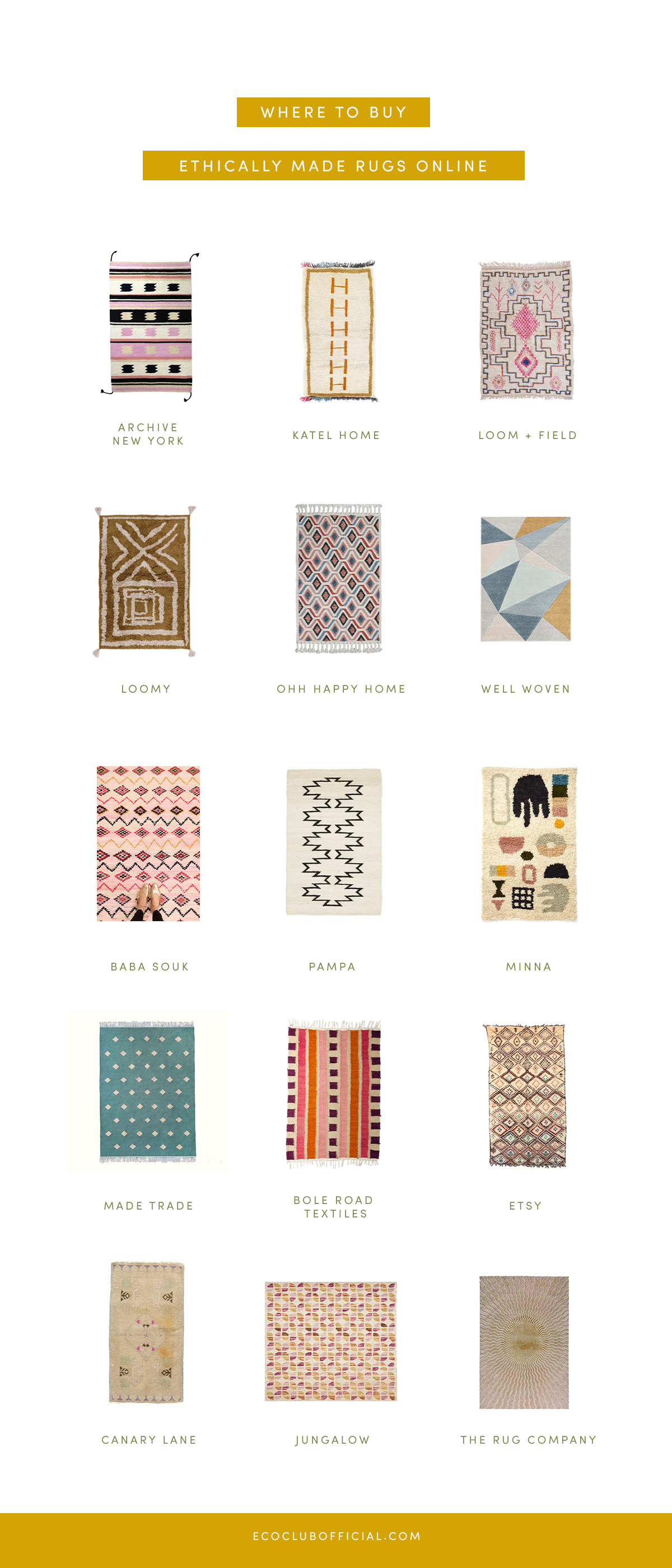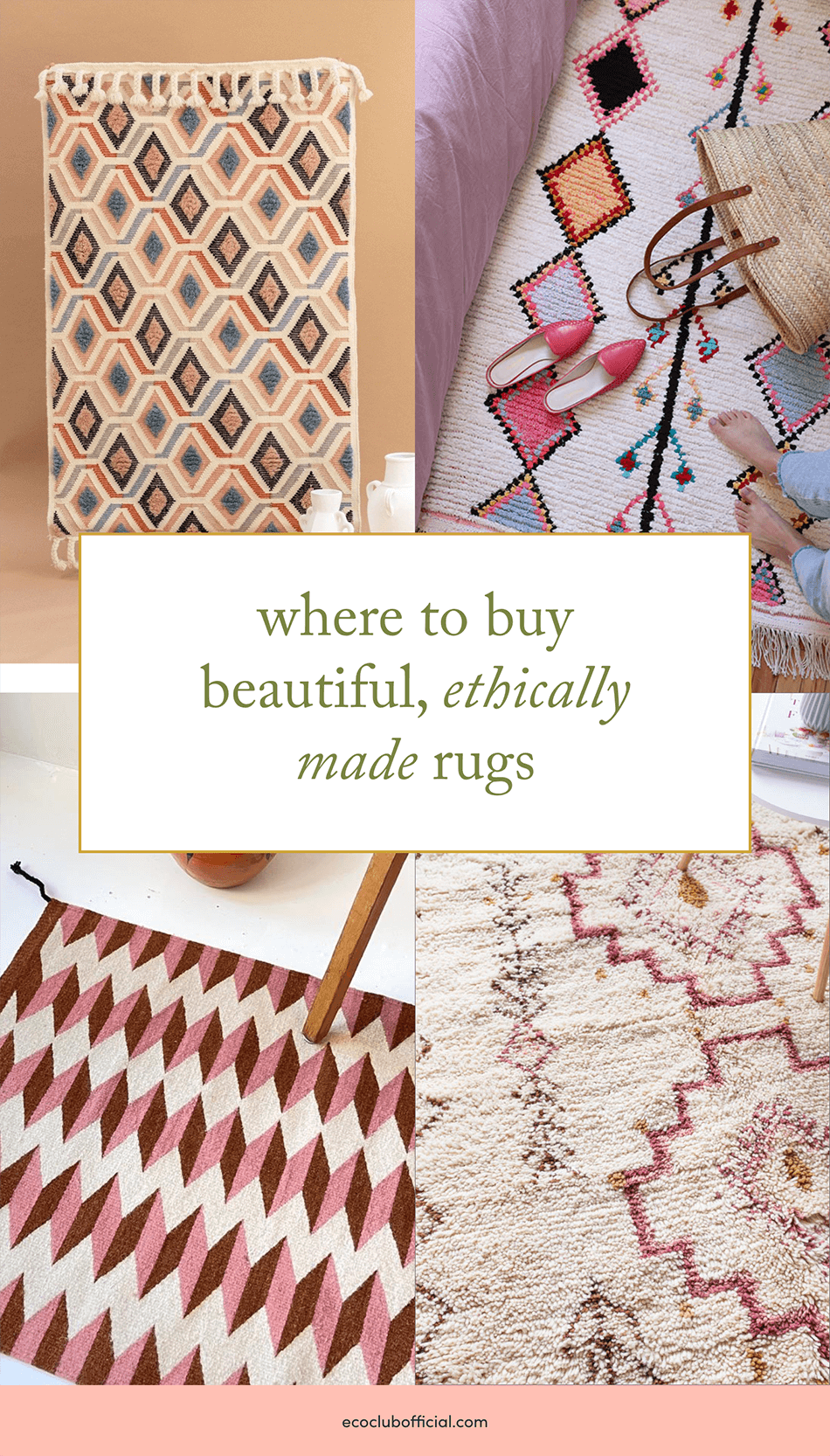Bringing the outside in is big business. With 80% of people in their 20’s now owning at least one houseplant, perhaps there’s no greater signal that you’ve just entered a millennial home. On Instagram, #plantsofinstagram boasts over nine million beautiful images of how this booming industry has entered our lives in all its green splendor. In the US alone, sales of indoor plants have surged by 50% since 2016. But it’s so much more than a social media fad. Having something to care for is a great stress reliever, and houseplants reduce tension and promote wellbeing.
But are there pitfalls to this plant revolution? With many species imported from other countries and an increasing desire to be sustainable at home, more and more of us are asking how to ensure our blossoming collections can be as good for the environment as they are for us.
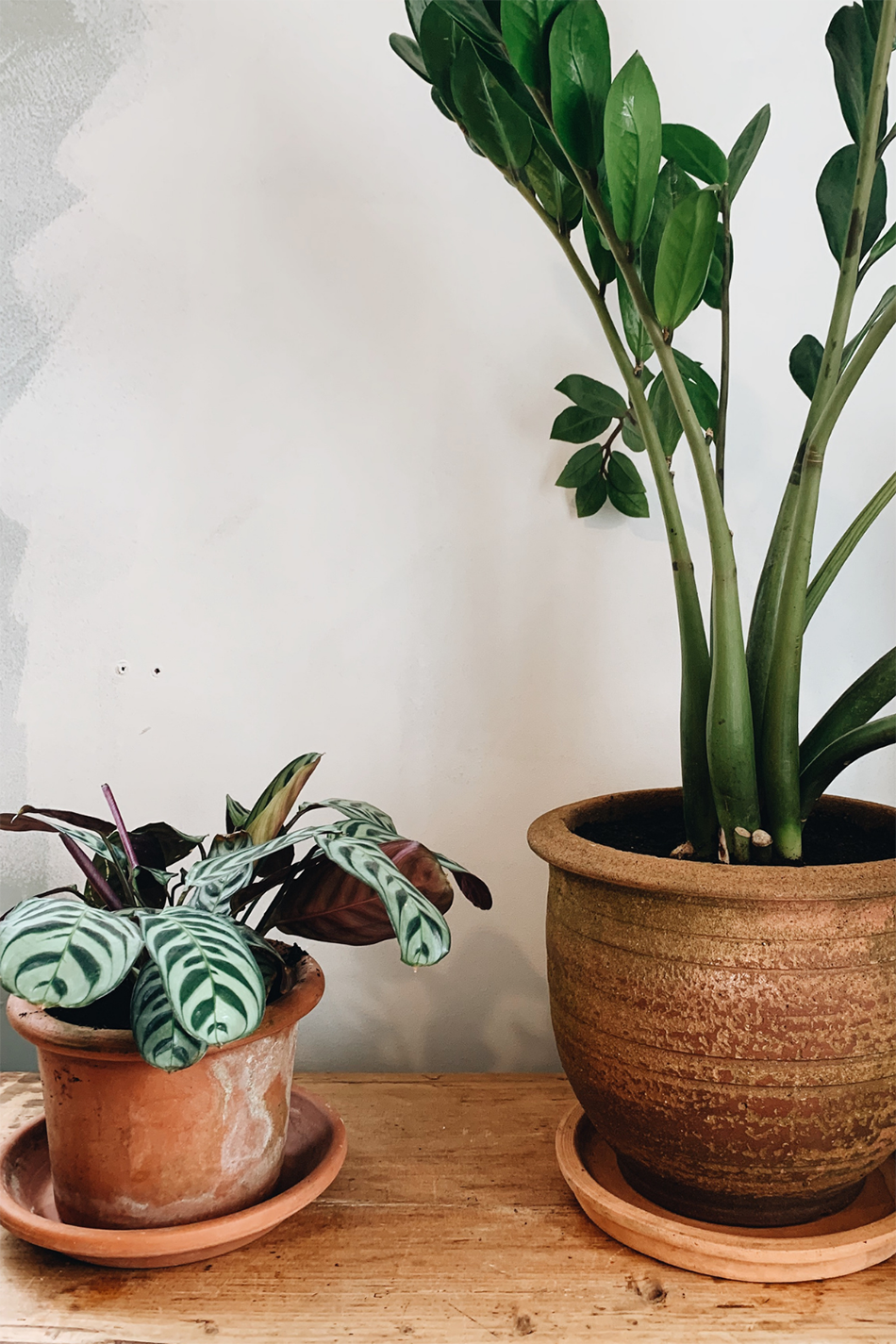
Here are five of the best ways to nurture sustainable houseplants:
Less is more
With so many shops and online subscriptions for houseplants cropping up, and apartment living on the rise (no green space included) it’s no wonder that people want to fill their homes with a little bit of the great outdoors. Just like with any hobby, it’s easy to get carried away as you become more knowledgeable and start to covet more exotic species to plant parent.
Like all consumerism, the best approach is to not buy on impulse and look into the implications of rarer species before making a purchase. We don’t all need a Fiddle Leaf Fig or Variegated Monstera, however beautiful they are. After all, using plants minimally doesn’t alter their impact or mood-lifting qualities. And having less means more time to take care of the ones you do have, instead of becoming overwhelmed when a passionate hobby becomes an obsession.
Plant swap
With so many people now enjoying living plants, why not learn to propagate and start, or join, a plant swapping community? Nothing is quite as sustainable as growing your own, and in doing so you aren’t contributing to the same level of import carbon emissions or uprooting plants from their native home.
Become a plant nurse
With so many stores now boasting houseplants for sale, it’s unsurprising that many end up neglected and on sale. While these plants might not be in great shape, they can almost always be nursed back to health and flourish. The right light and watering schedule can make all the difference alongside careful pruning of any shoots, stems and leaves that are too far gone. A leafless seedling Yucca I purchased for $1.00 now sits in pride of place in my home and is getting ready to move on to the next pot size.
Reuse plastic pots
If you’re lucky, you can find houseplants in biodegradable pots but the majority still come in the mass-produced terracotta or black plastic pots that aren’t suitable for recycling. If you’re into propagation, they’re perfect for growing and nurturing your cuttings once they reach the soil stage. Otherwise, to ensure they avoid landfill, you can ask your local garden centre if they’d like them, or offer them up on freecycle to another avid grower!
Get native
Native plants are vital to gardens as they promote healthy ecosystems. Unfortunately, there aren’t many native North American plants suitable for indoors, except for two and luckily they’re great plant genus: cacti and succulents. Some ferns can also be kept indoors, such as American Maidenhair Fern, but they often require a little more work.
Overall, successfully caring for any plant, whether in the ground or hanging from a macrame shelf, is infinitely easier if it is native. Much of the hard work has been done for you when caring for plants already evolved to the climate you’re in. They may not have quite the same eco-prowess that a garden native would have, but with a combination of lower carbon footprints and a warm feeling of familiarity, they’re a pretty special thing to have in your home.
Which houseplants do you have? Do you have a favorite local spot for buying sustainable houseplants?

